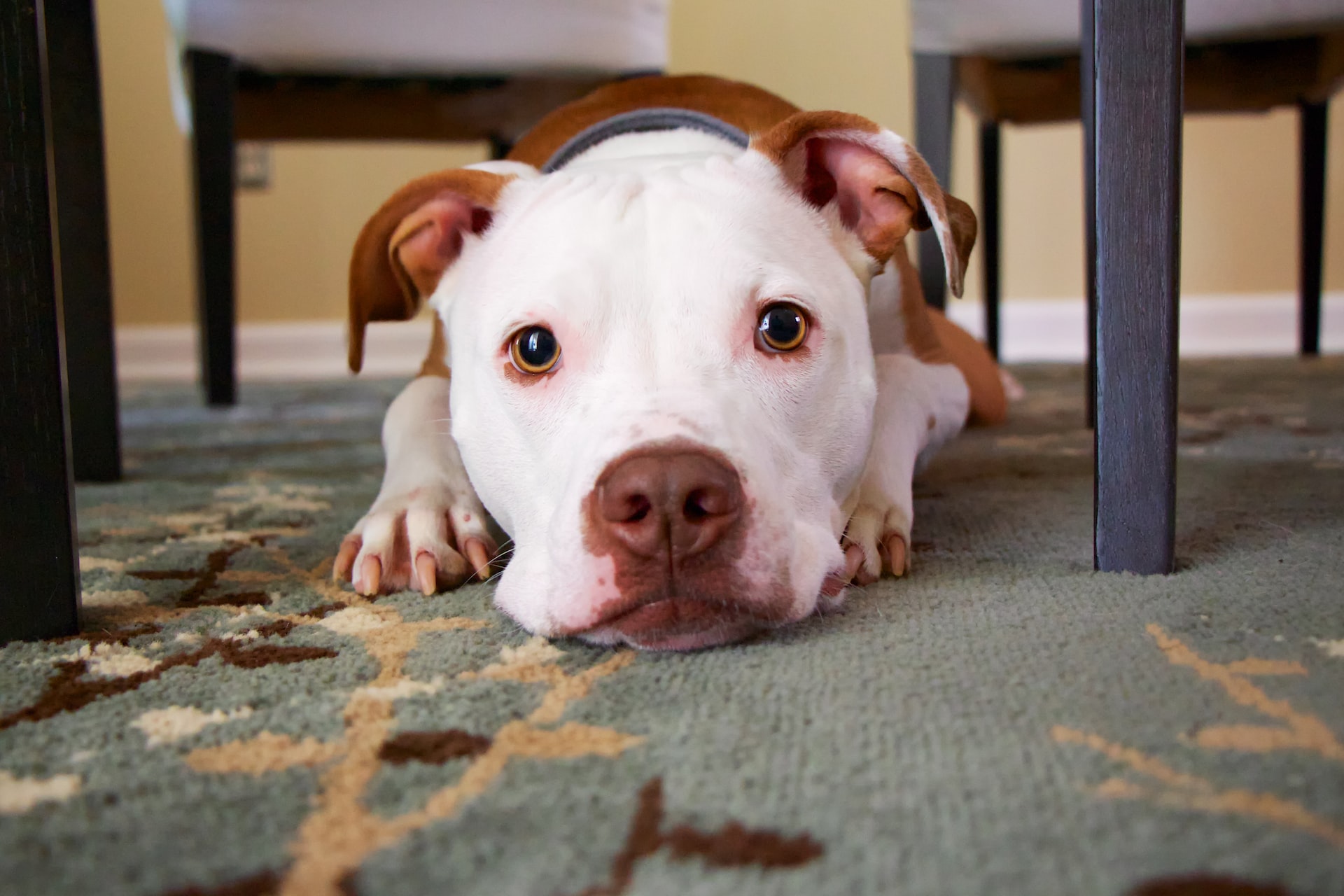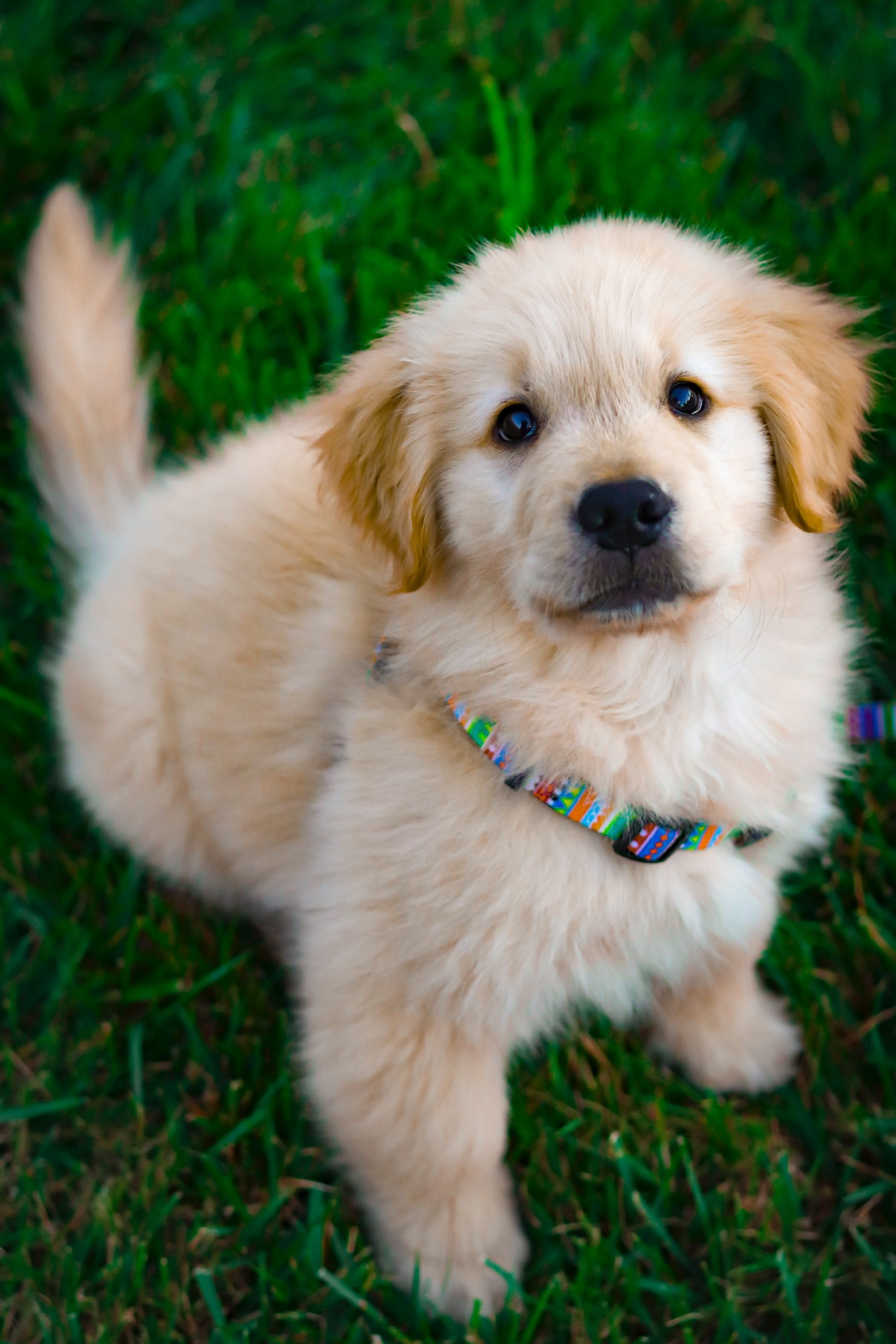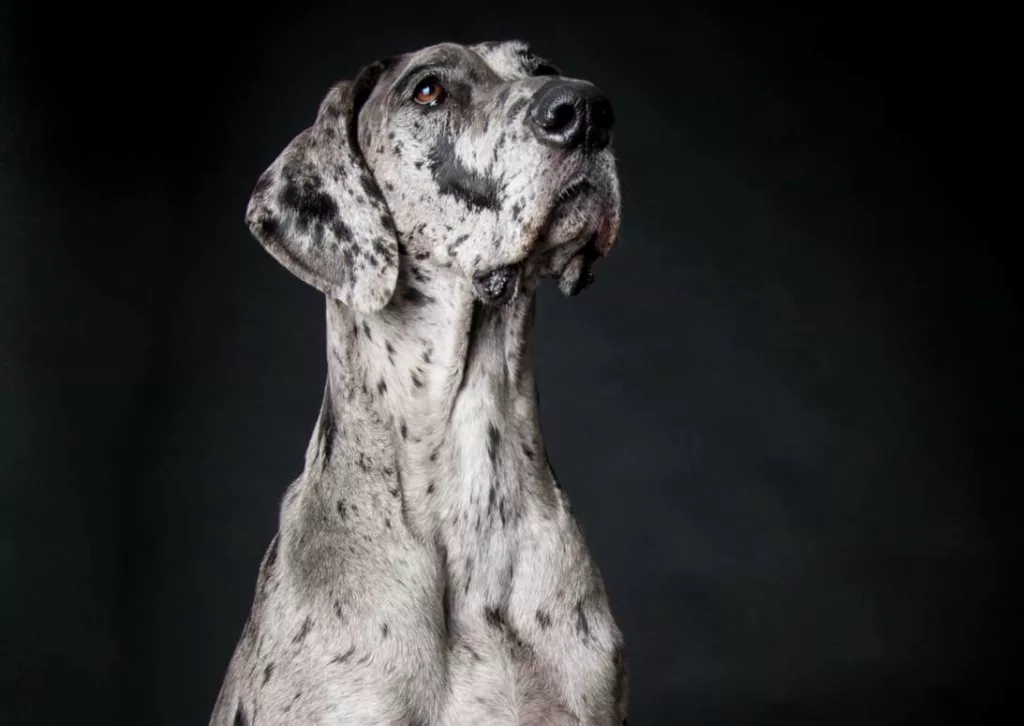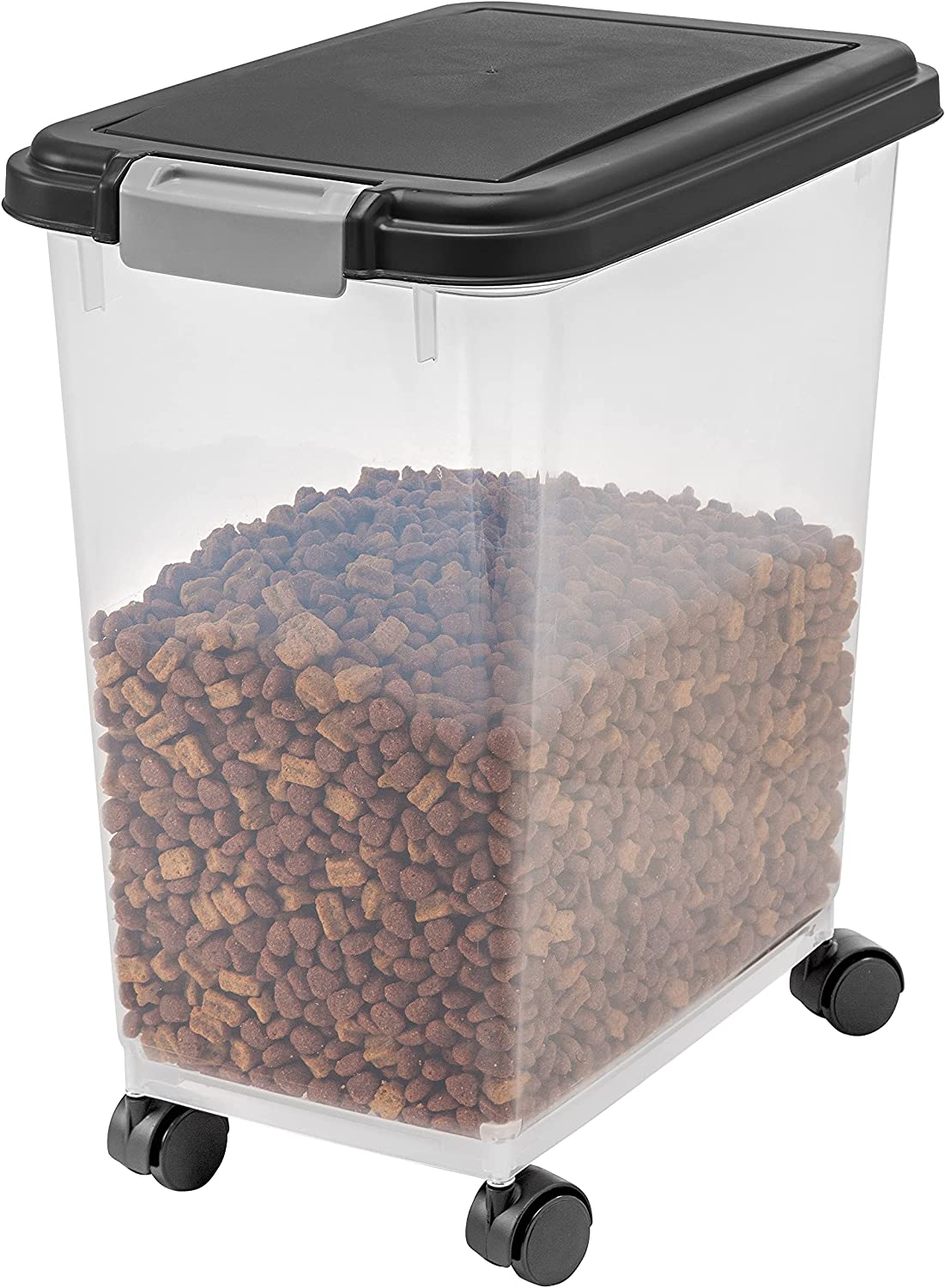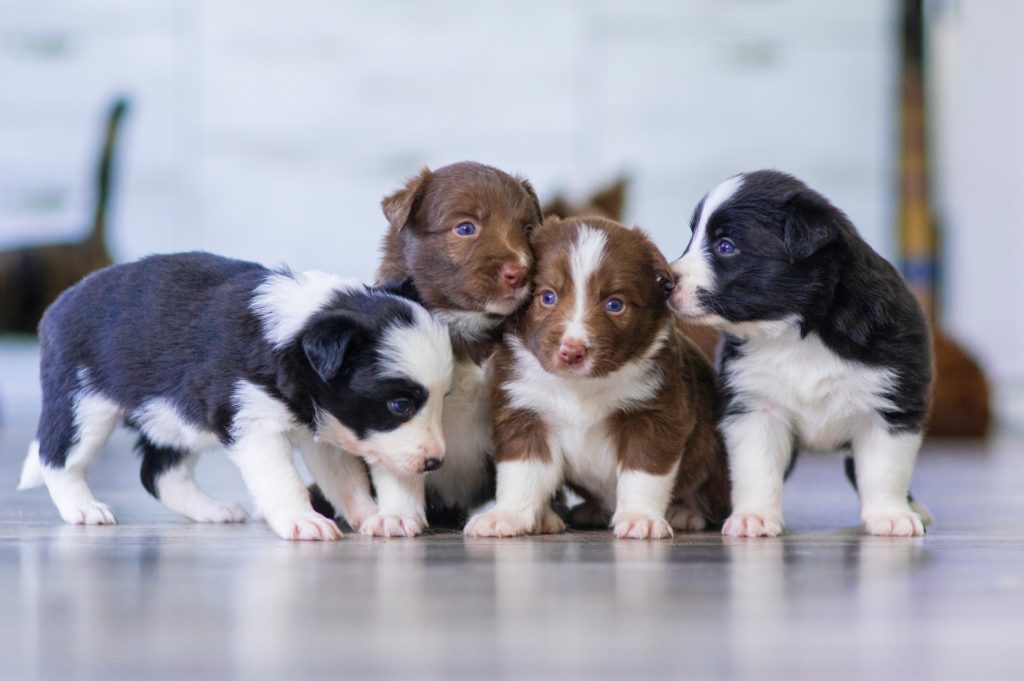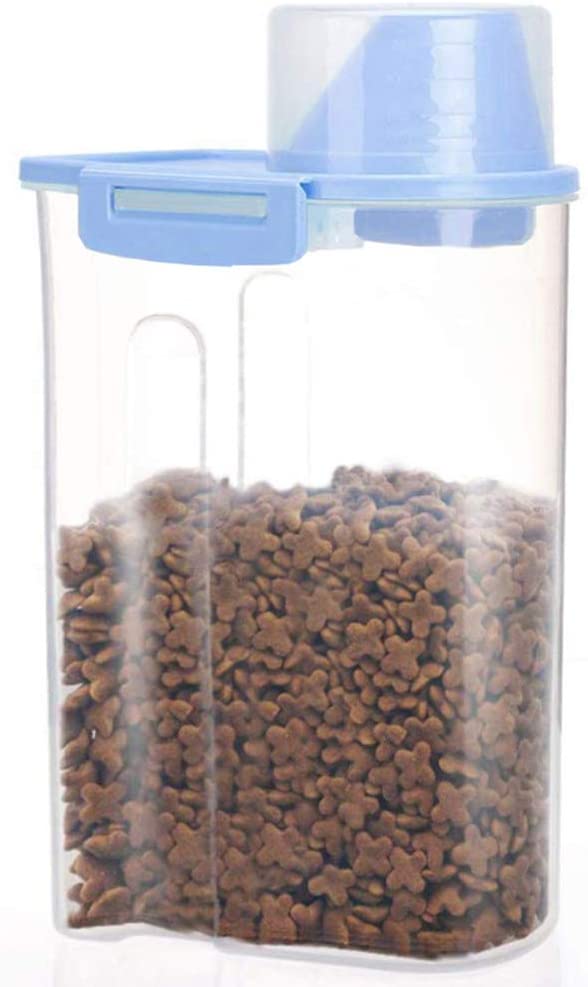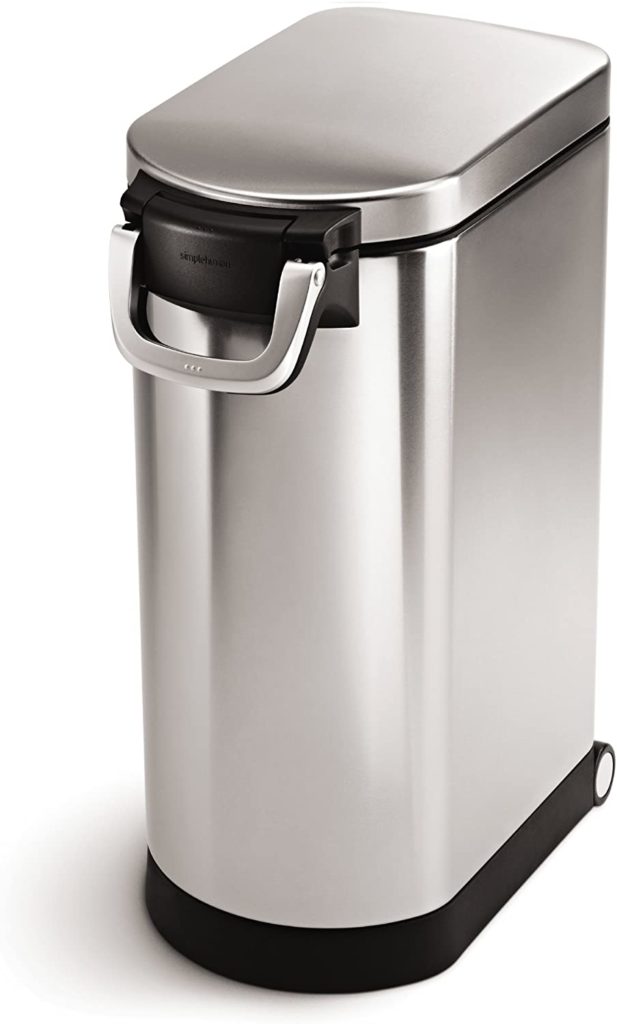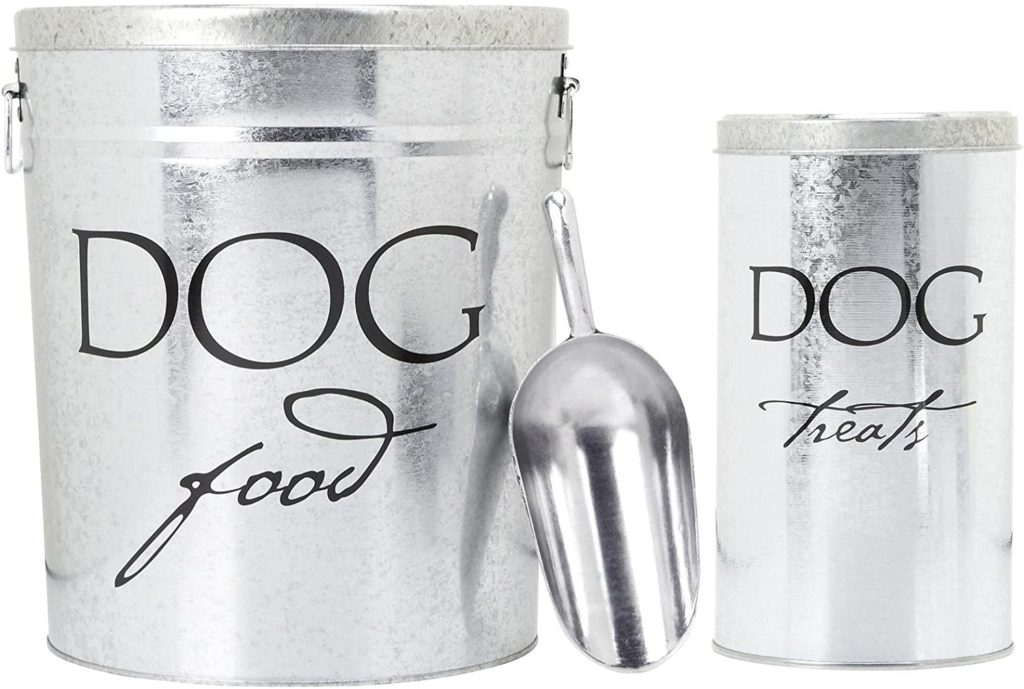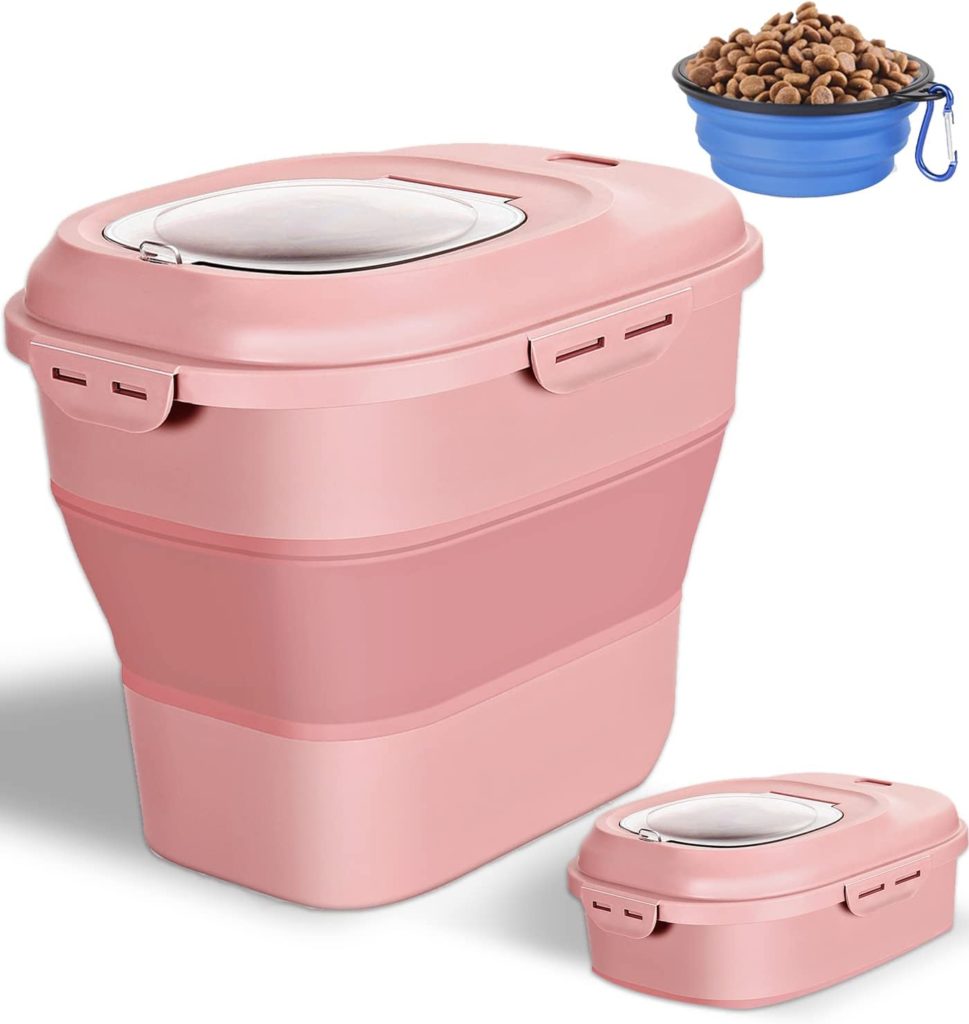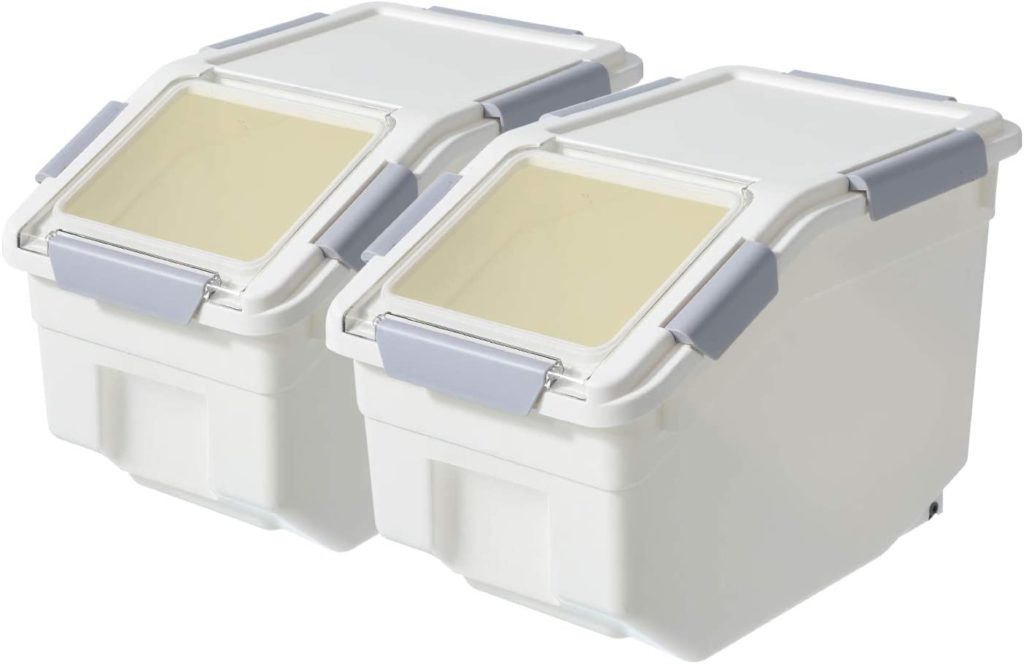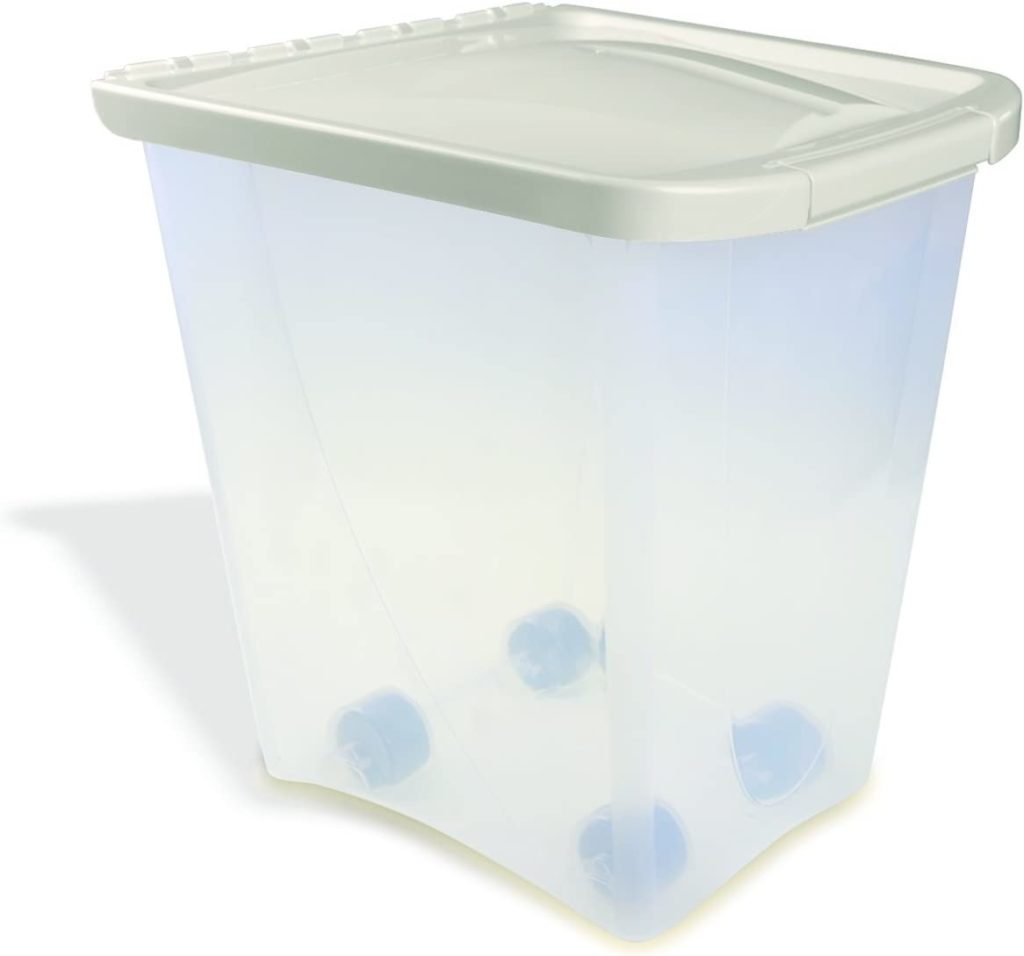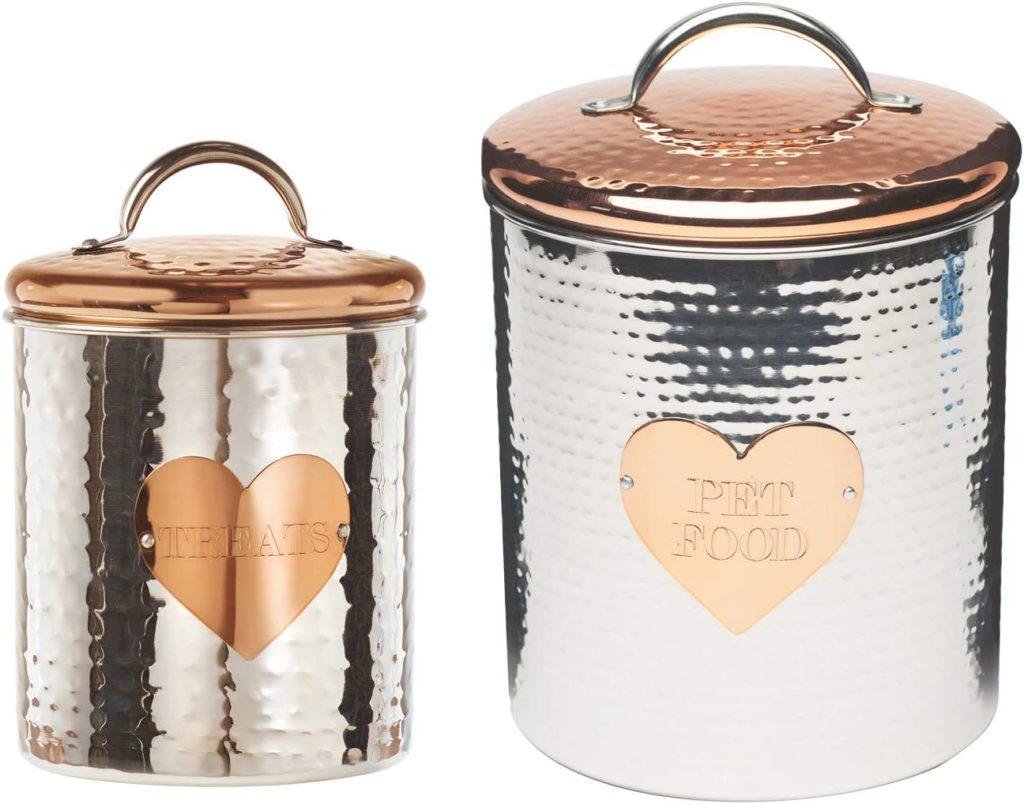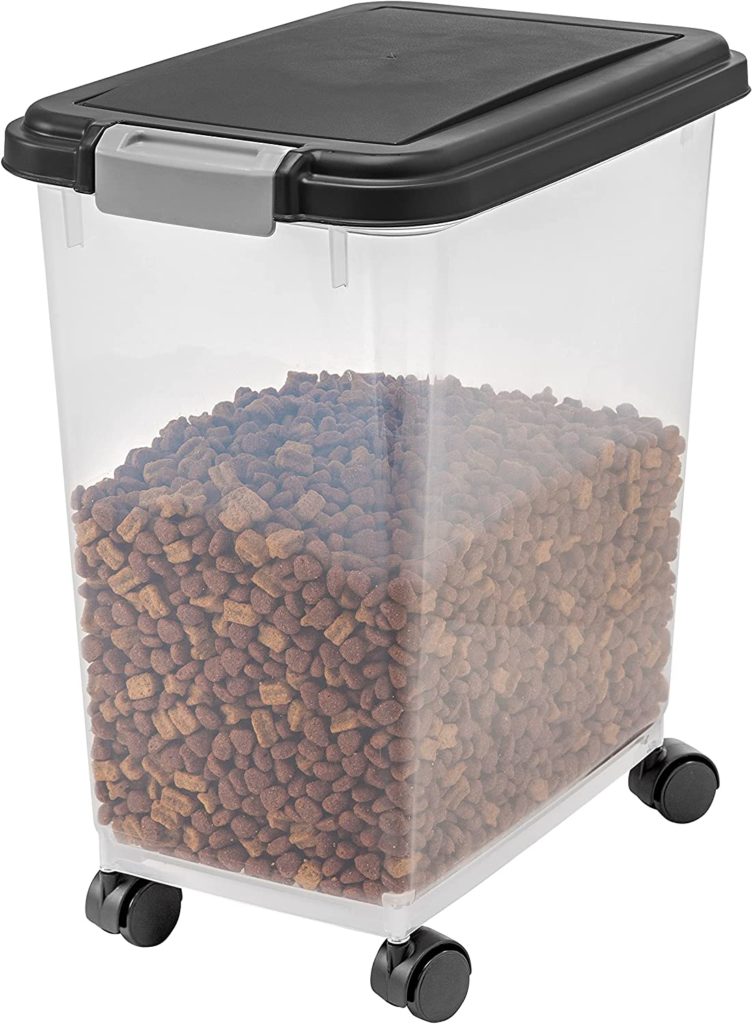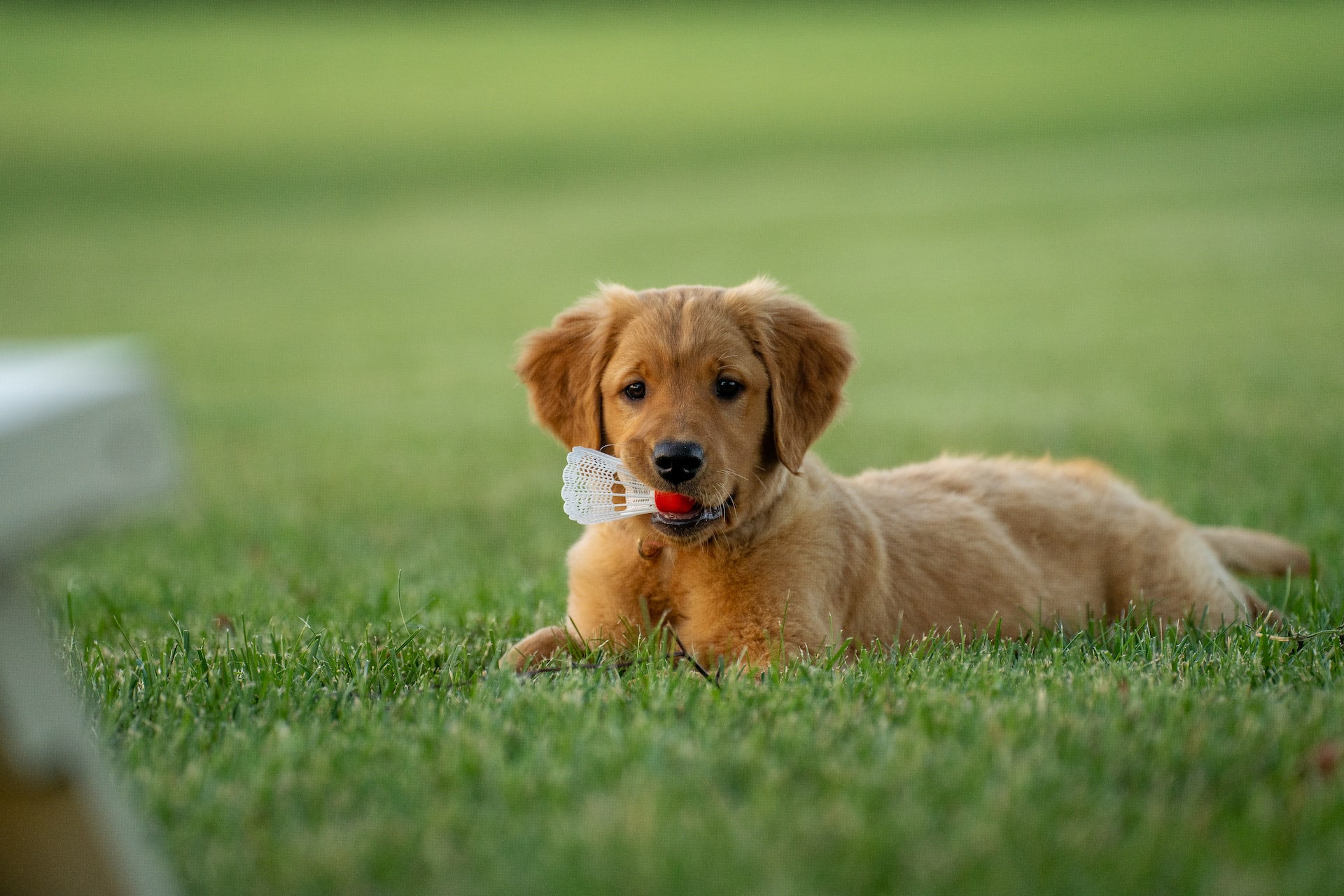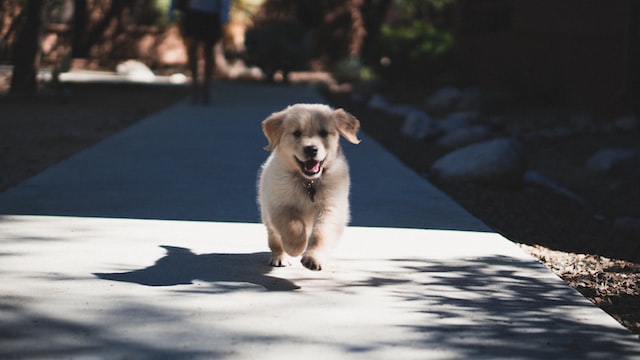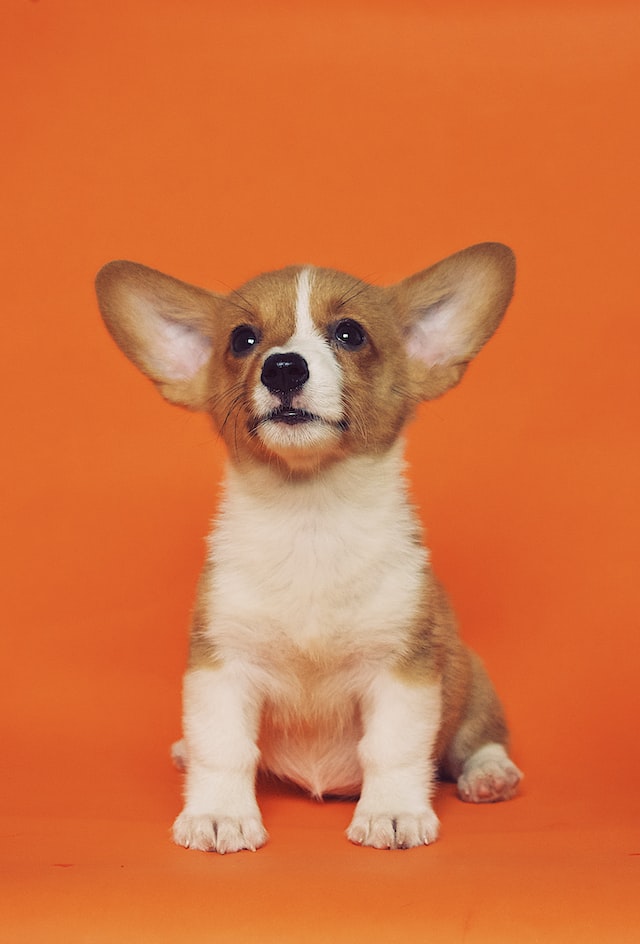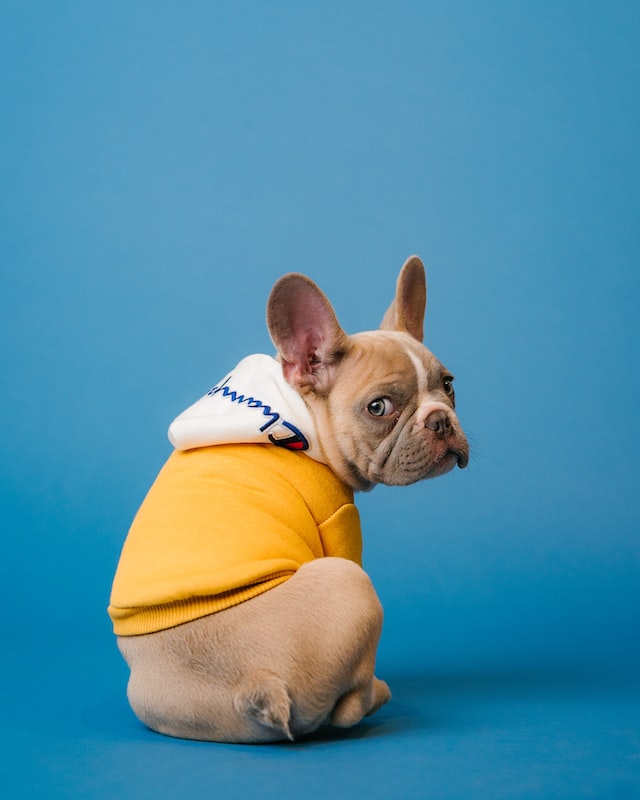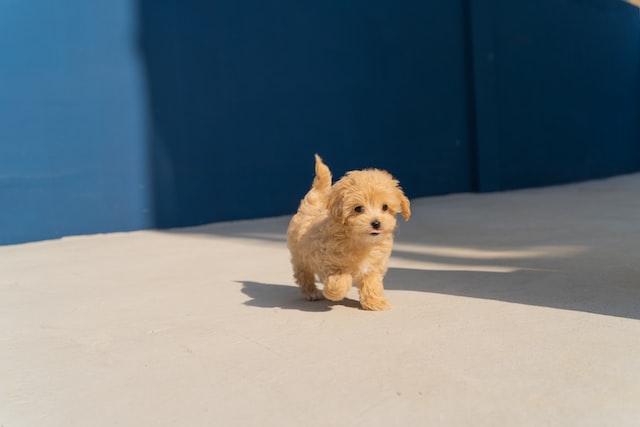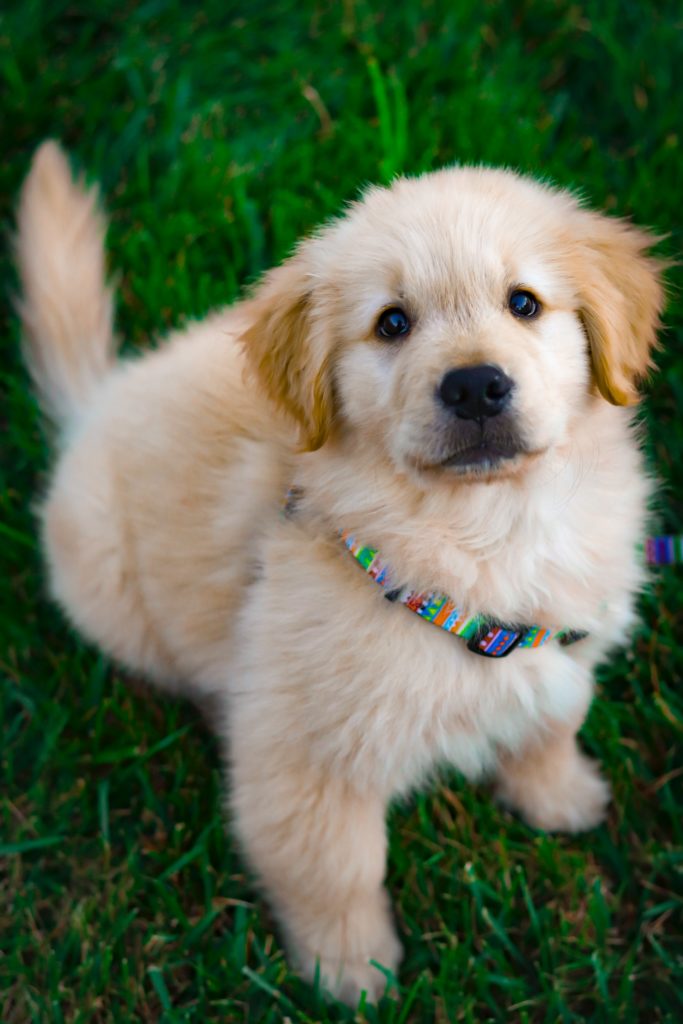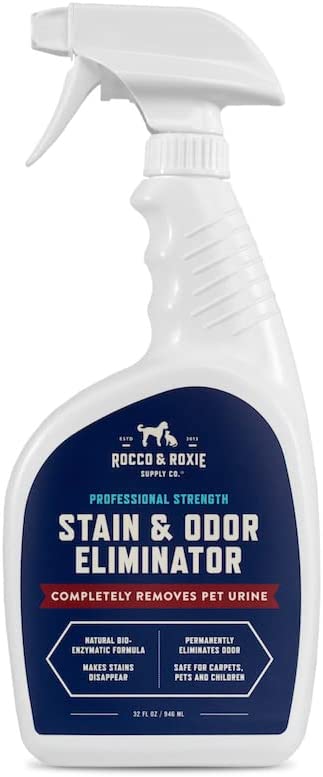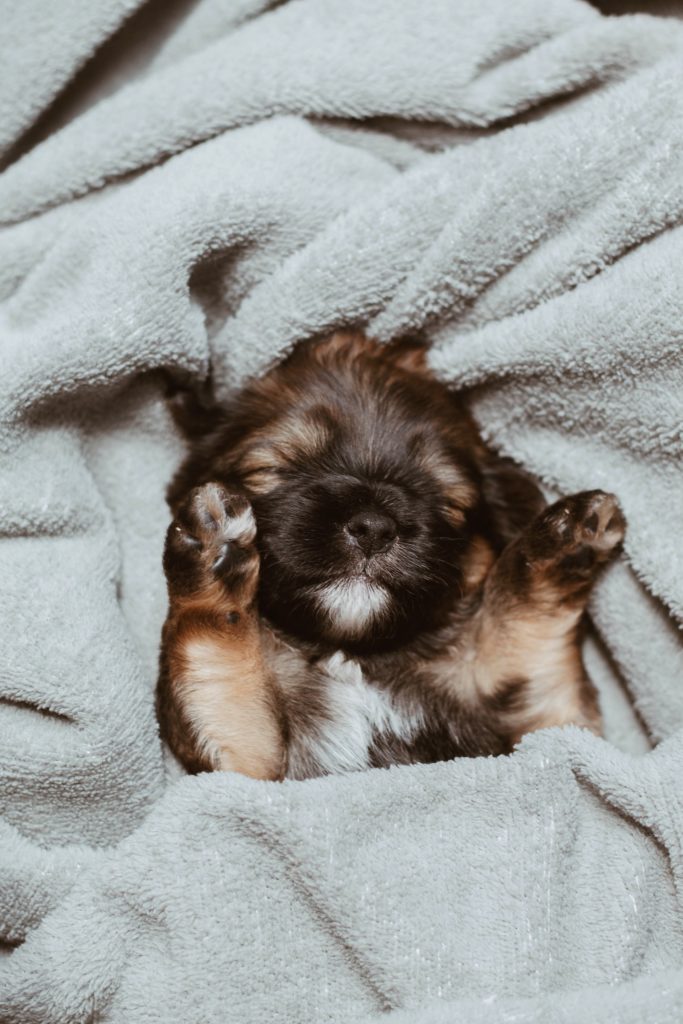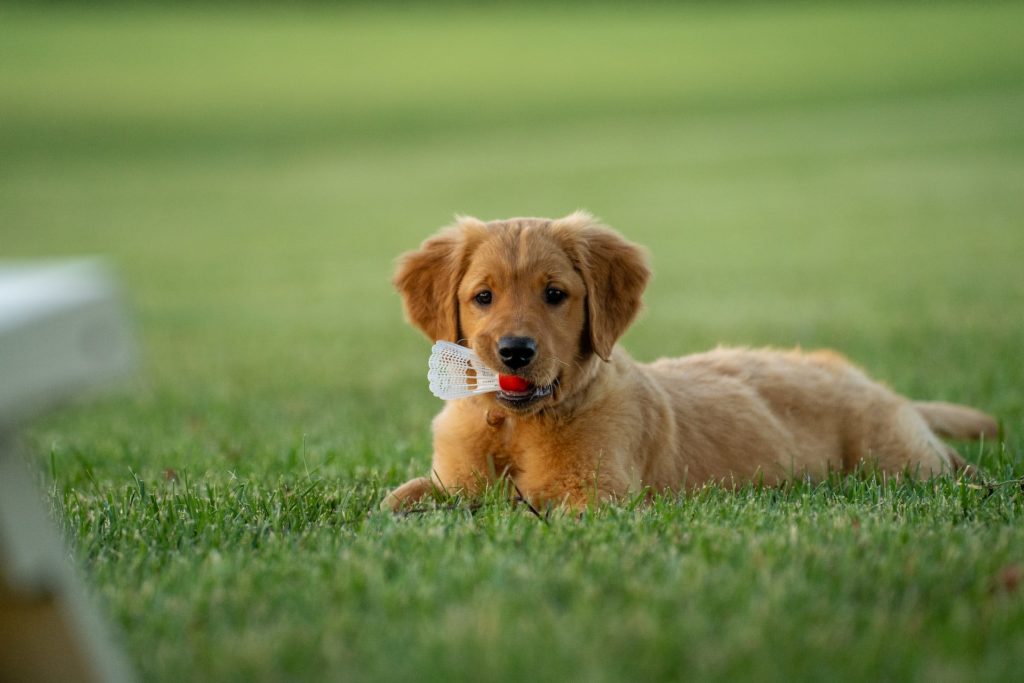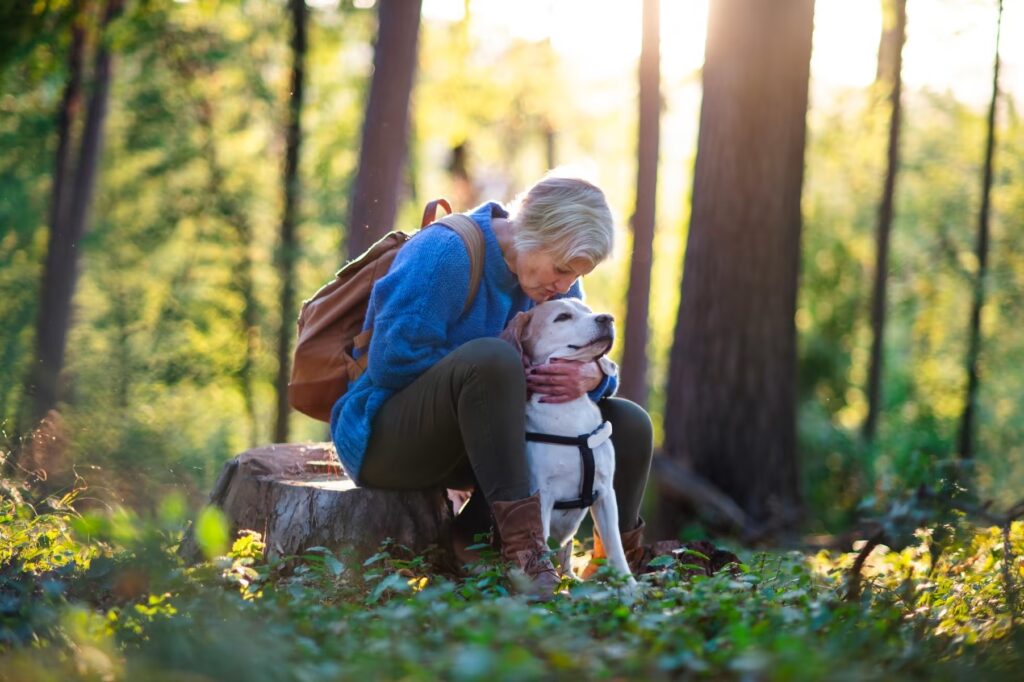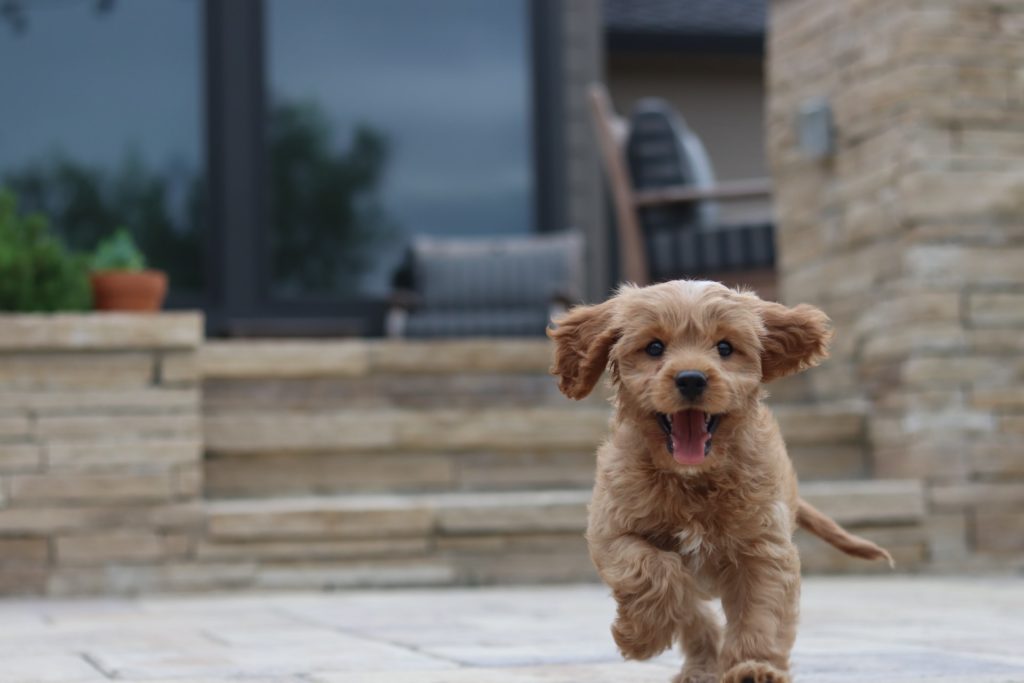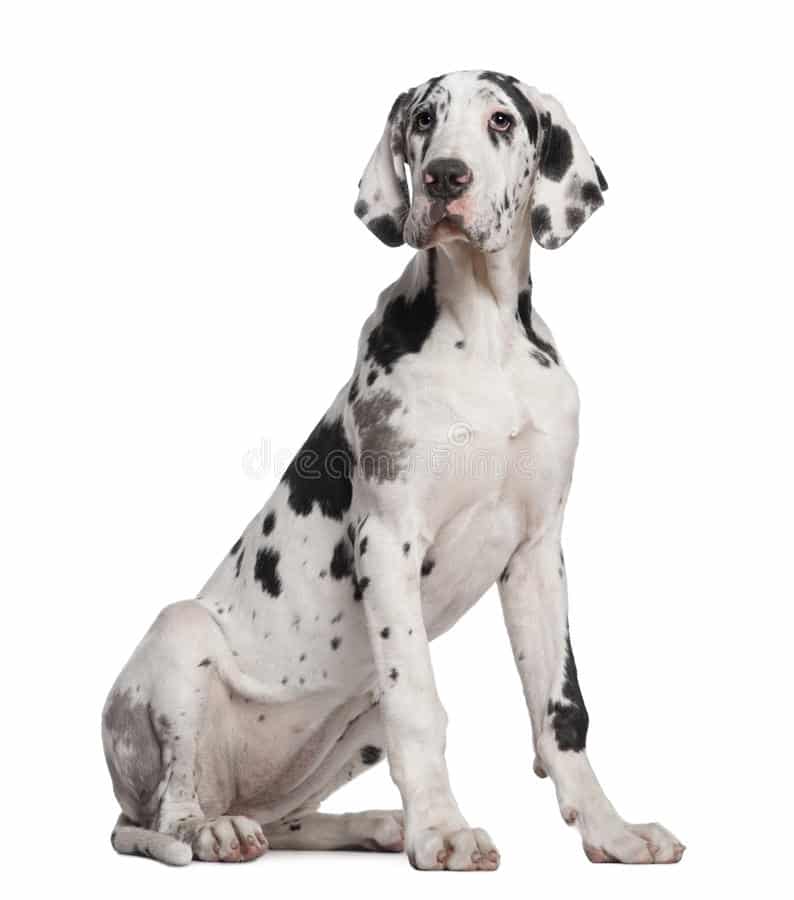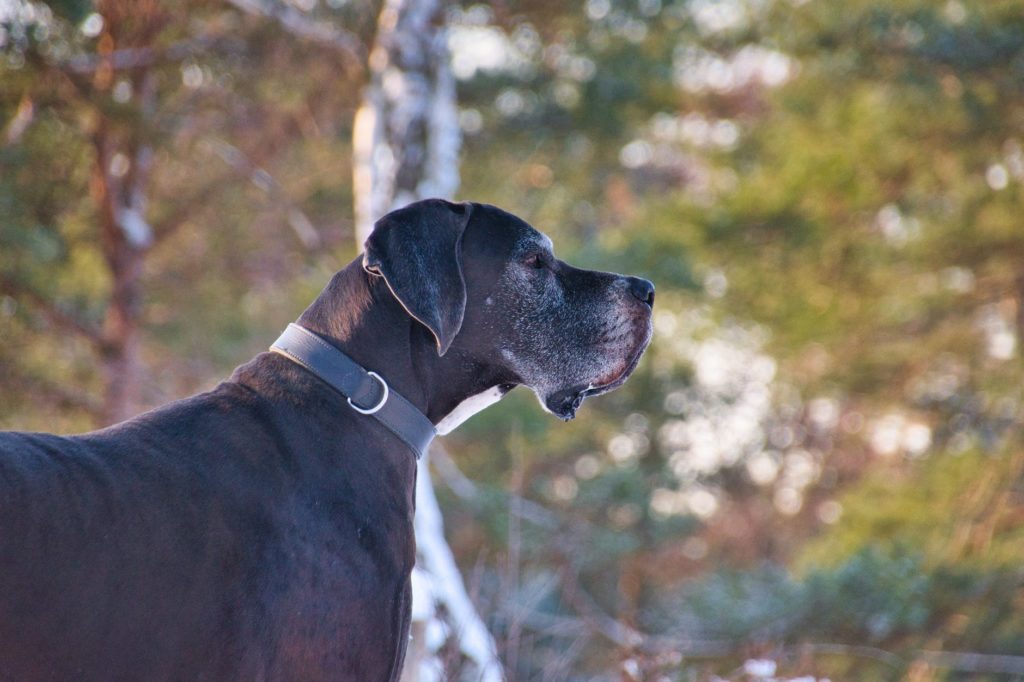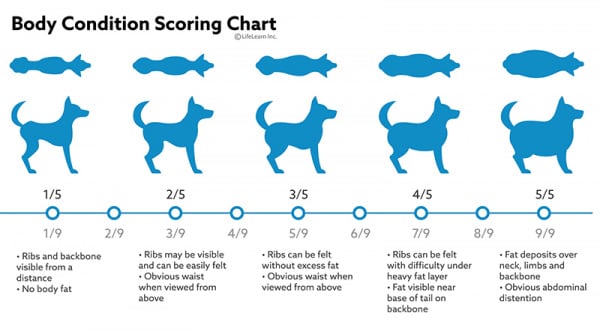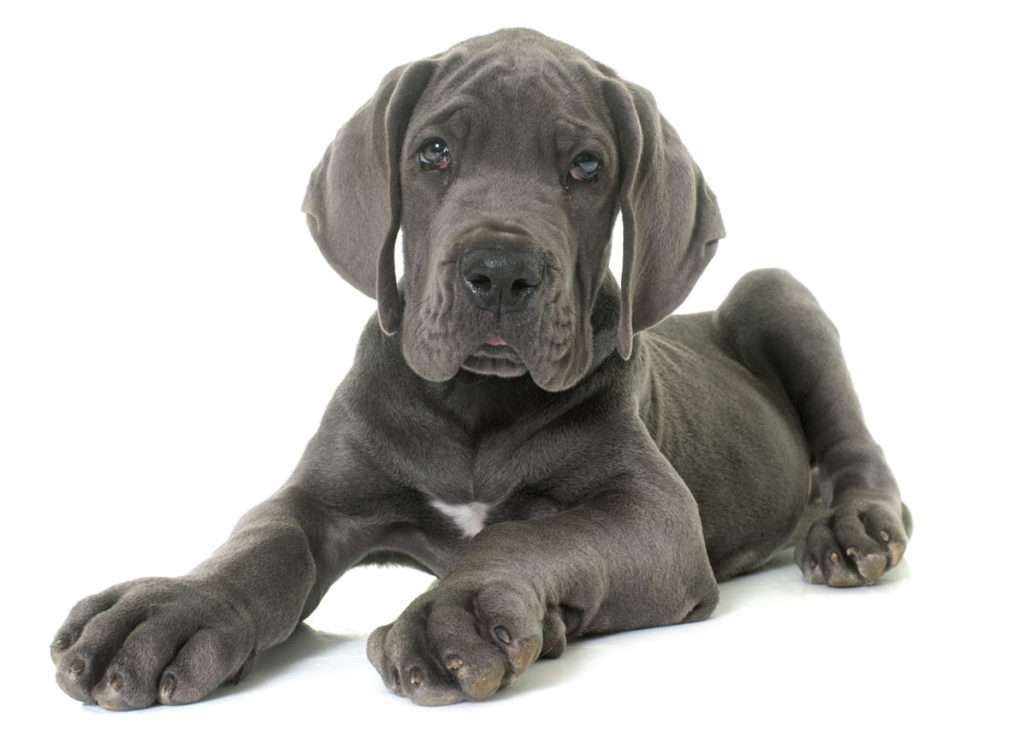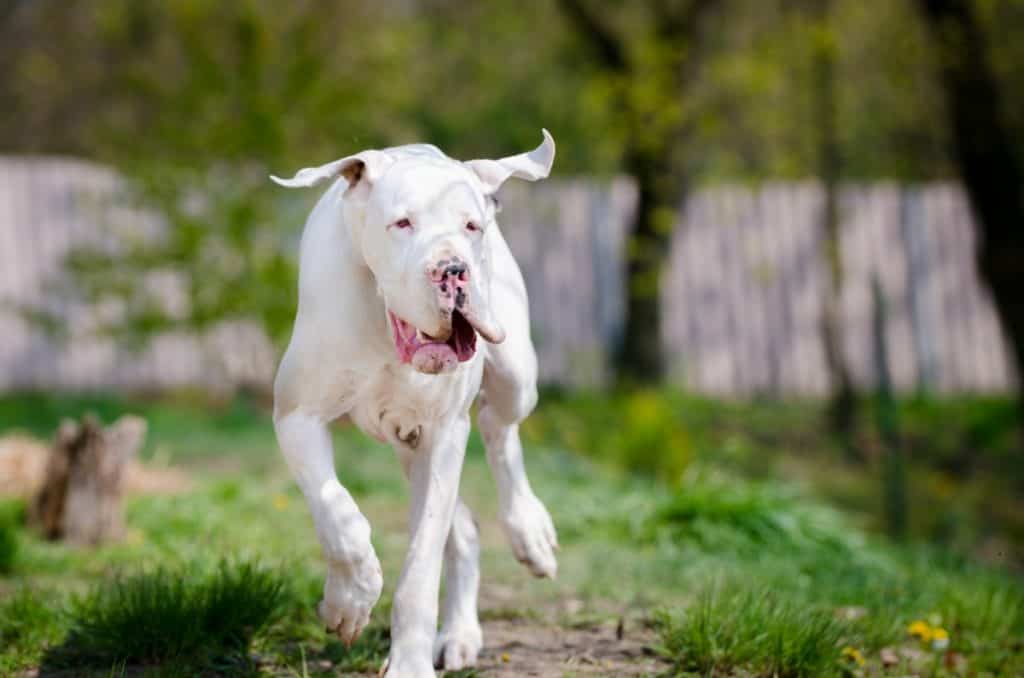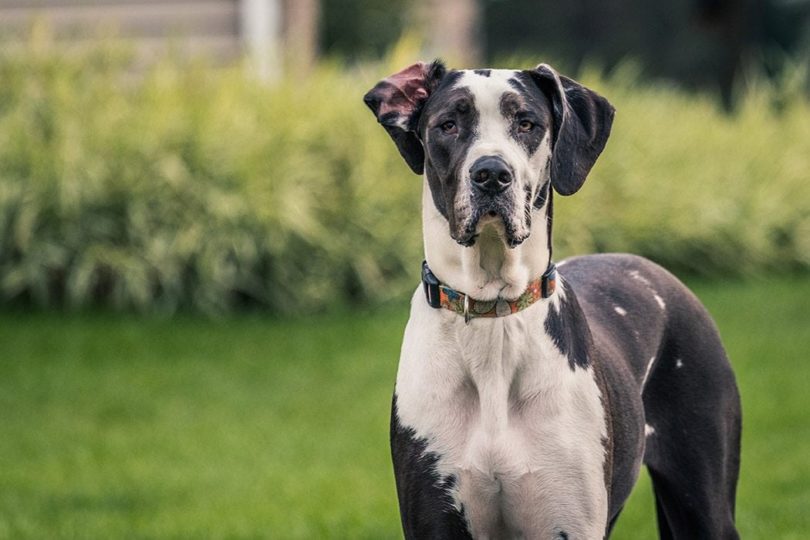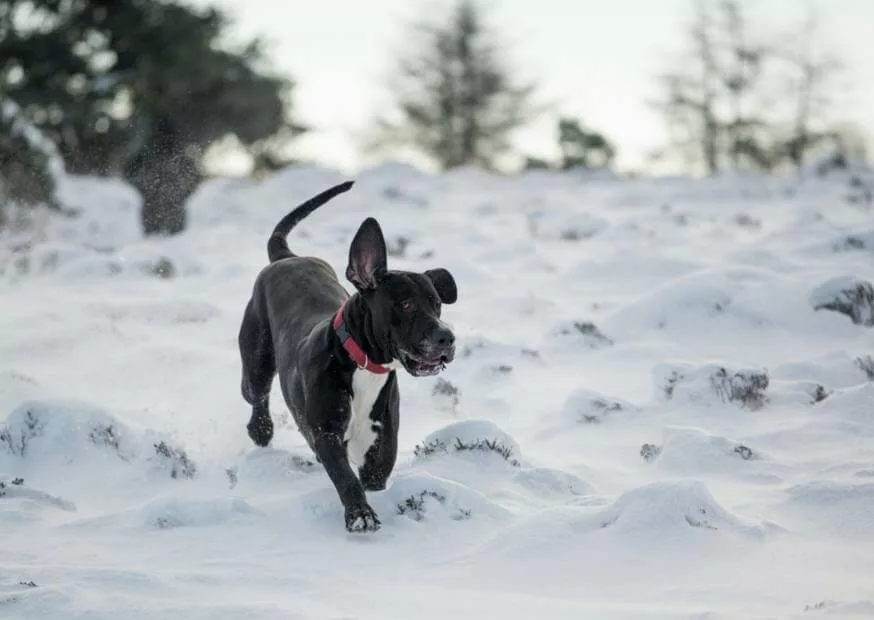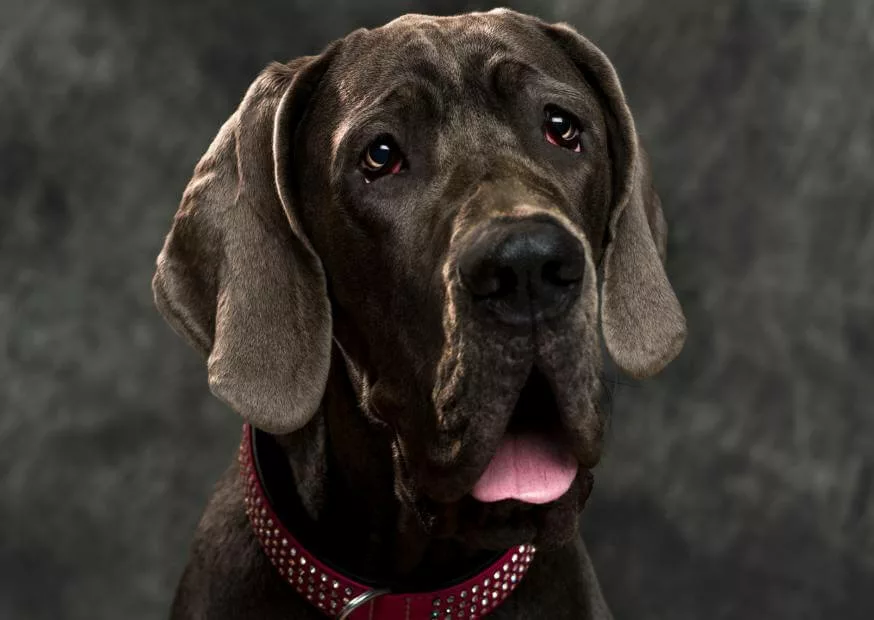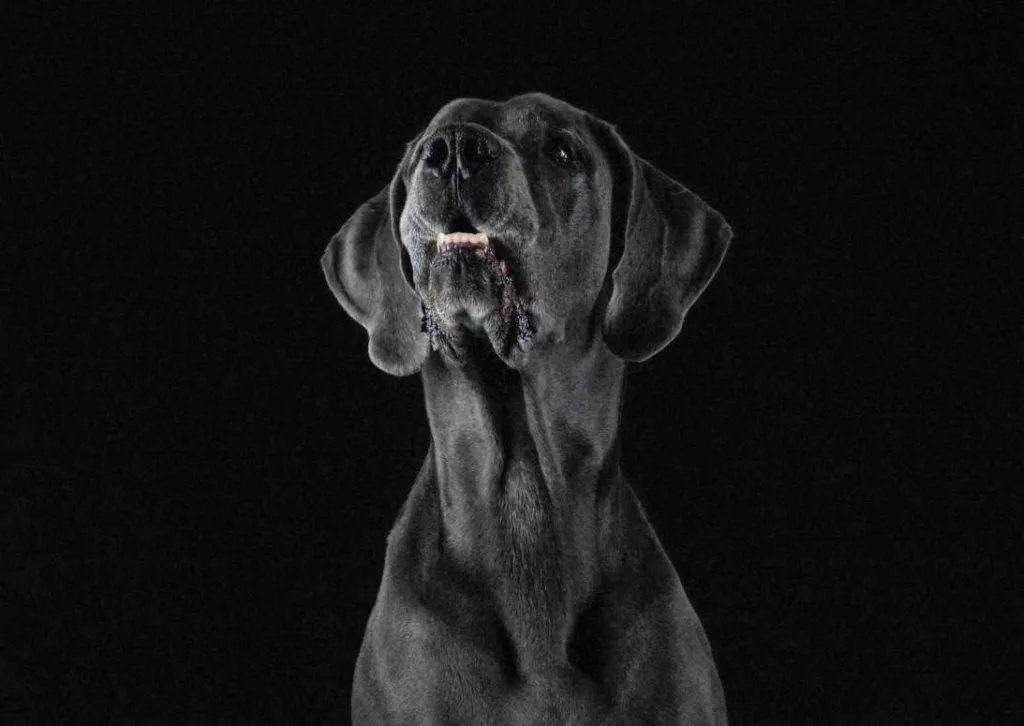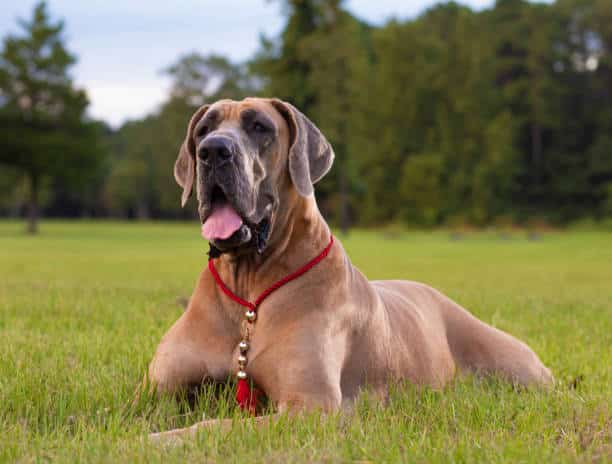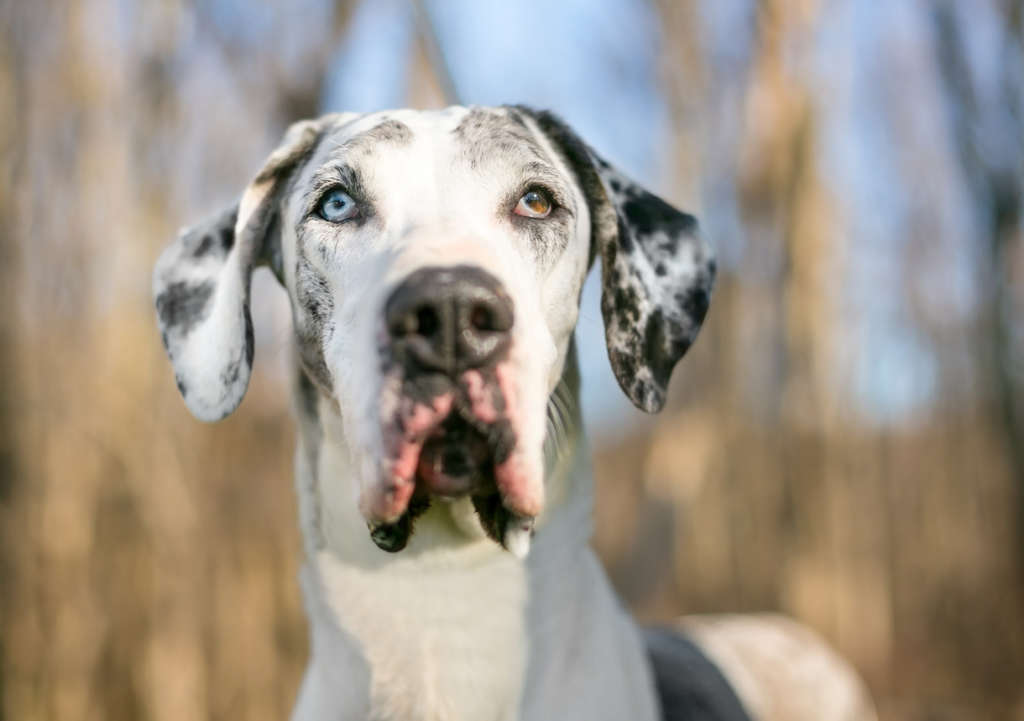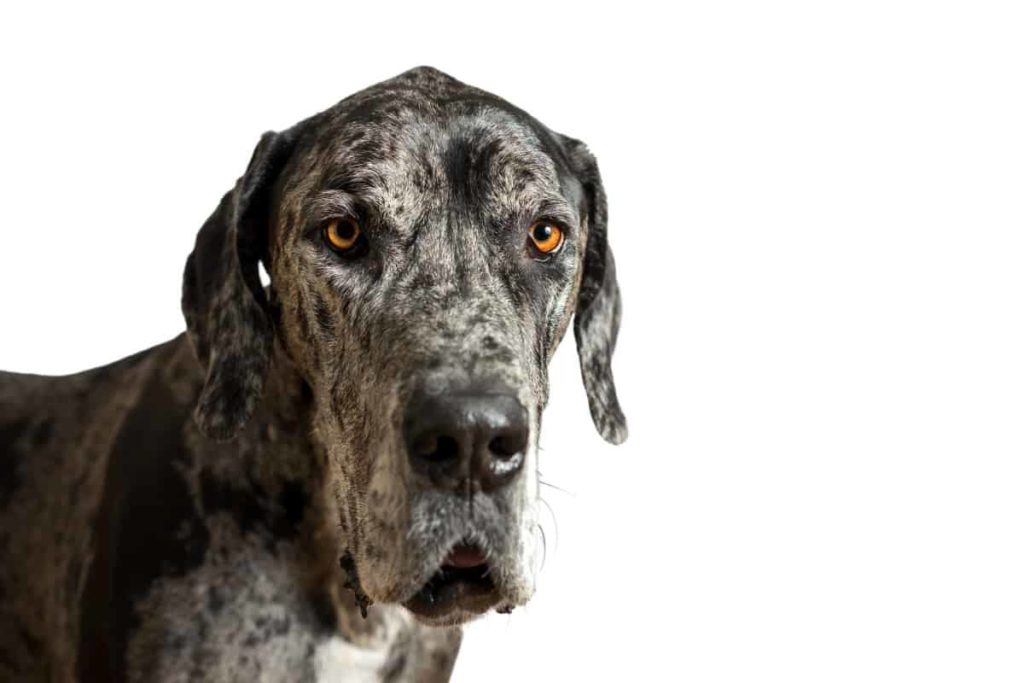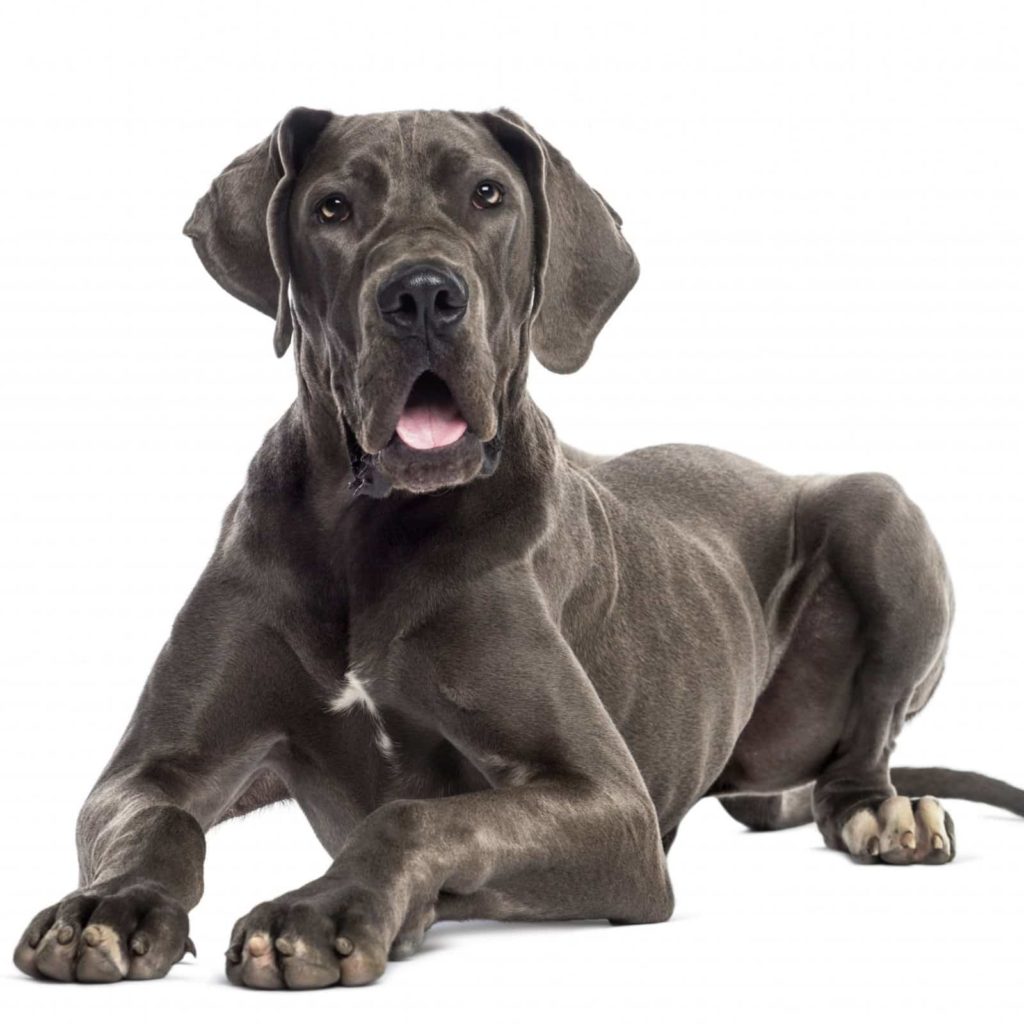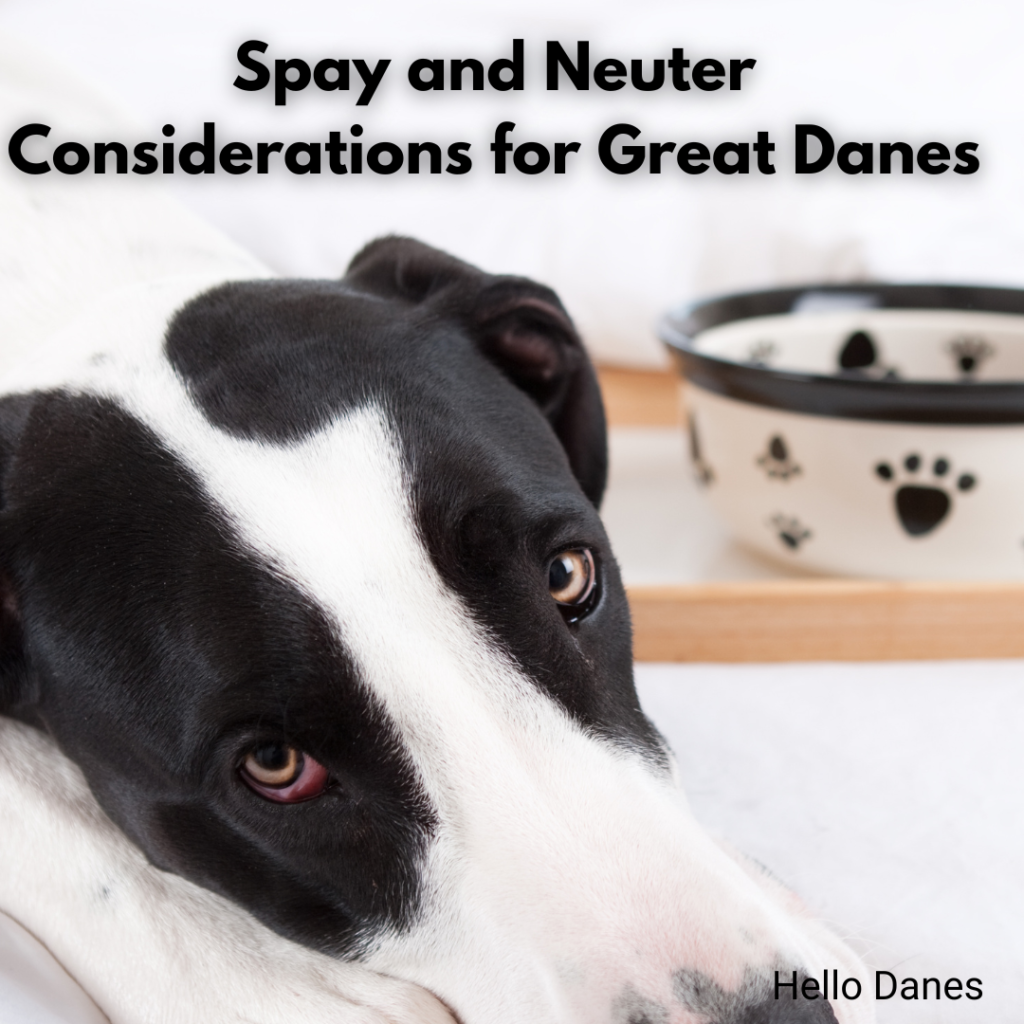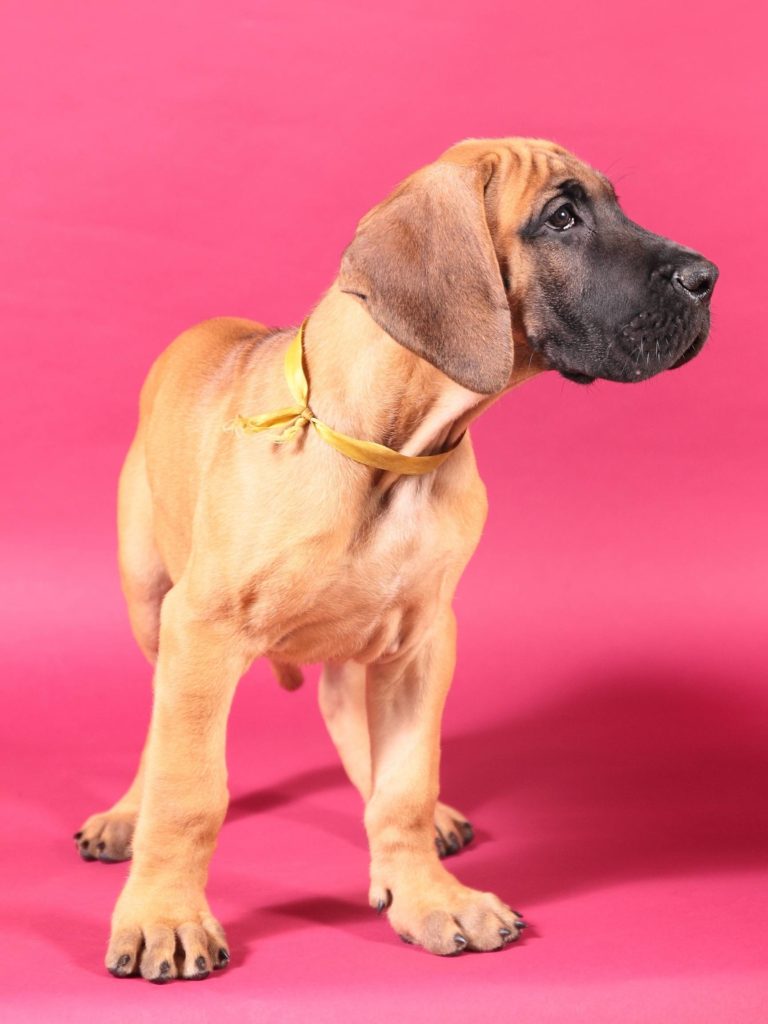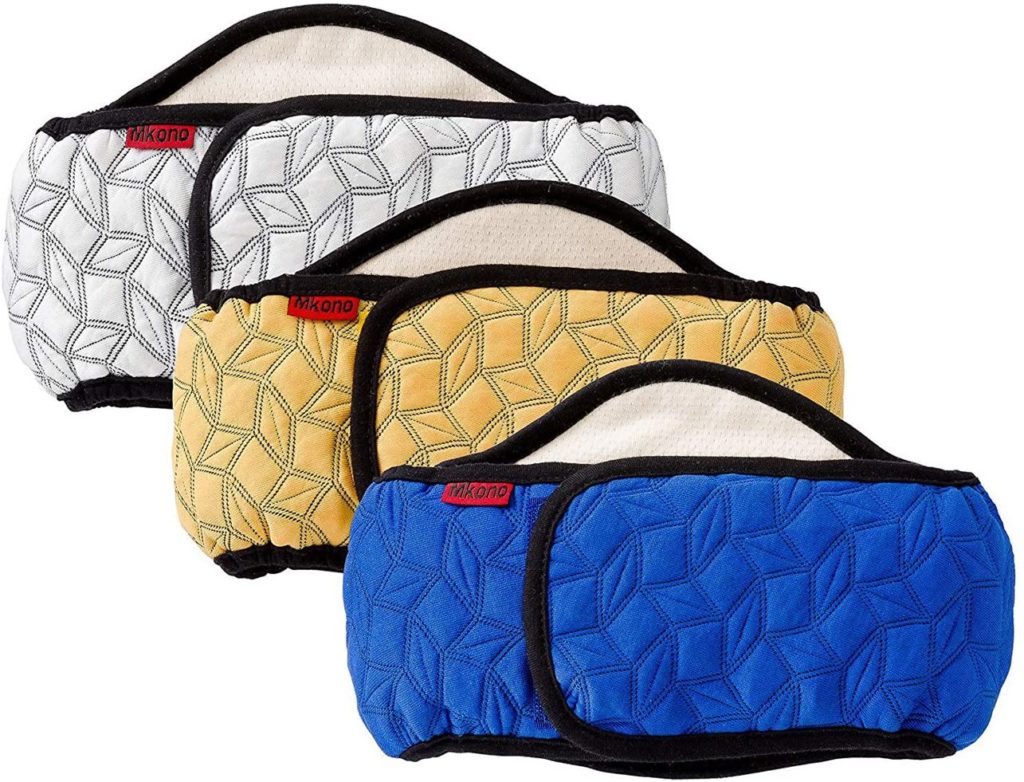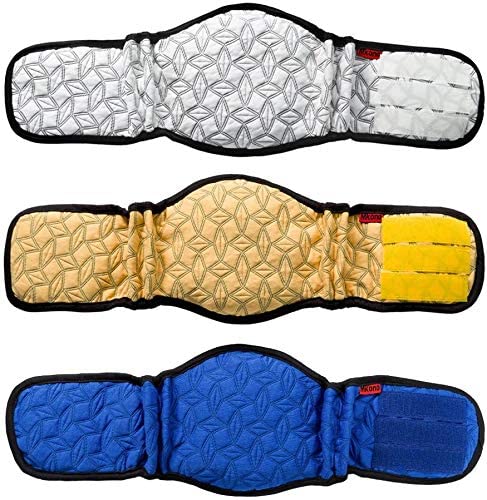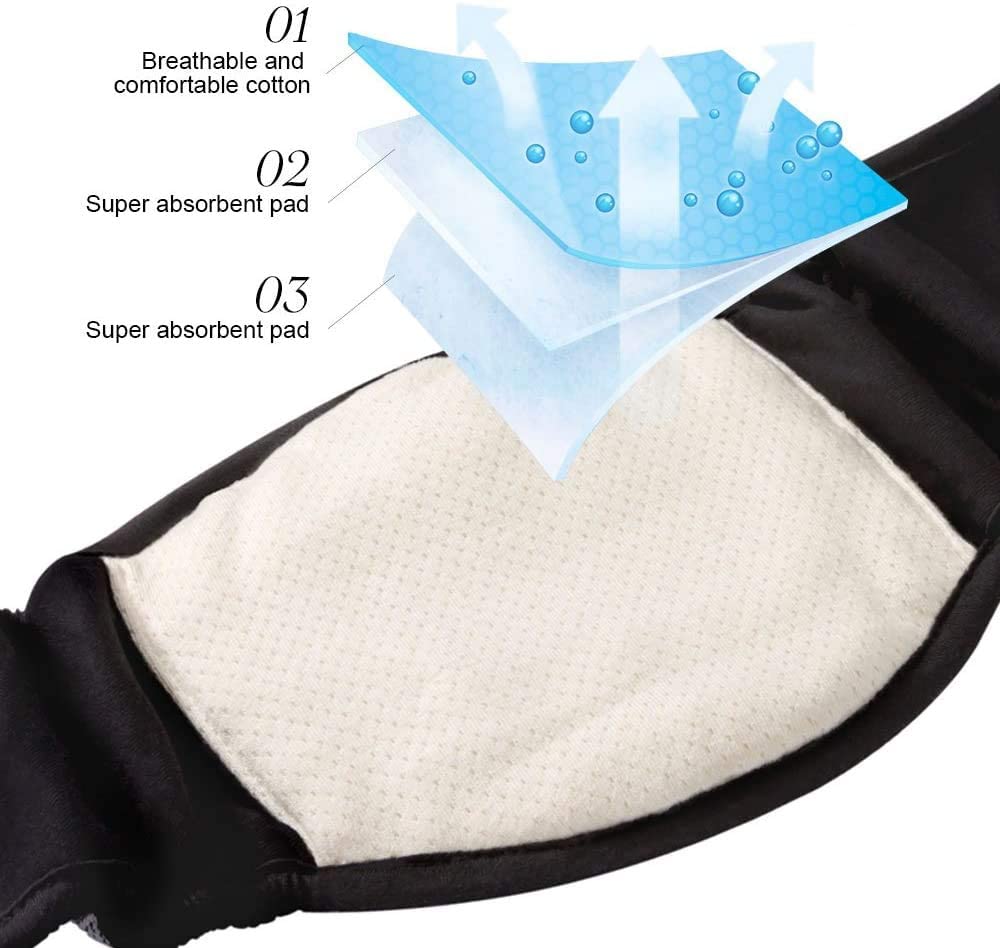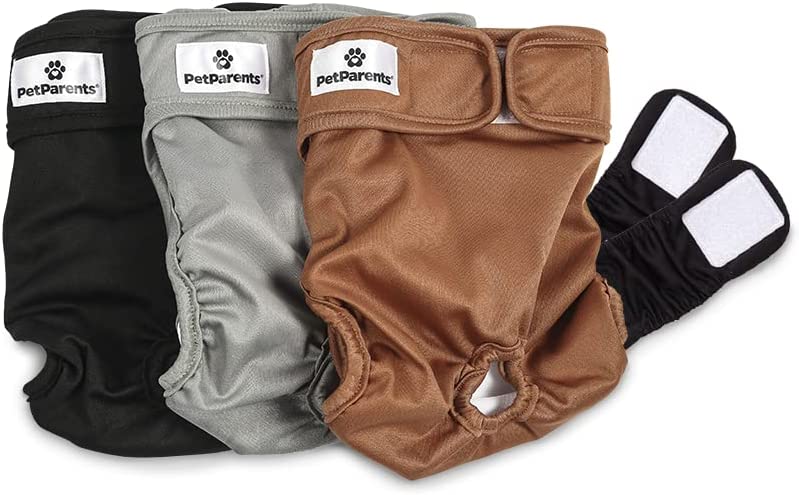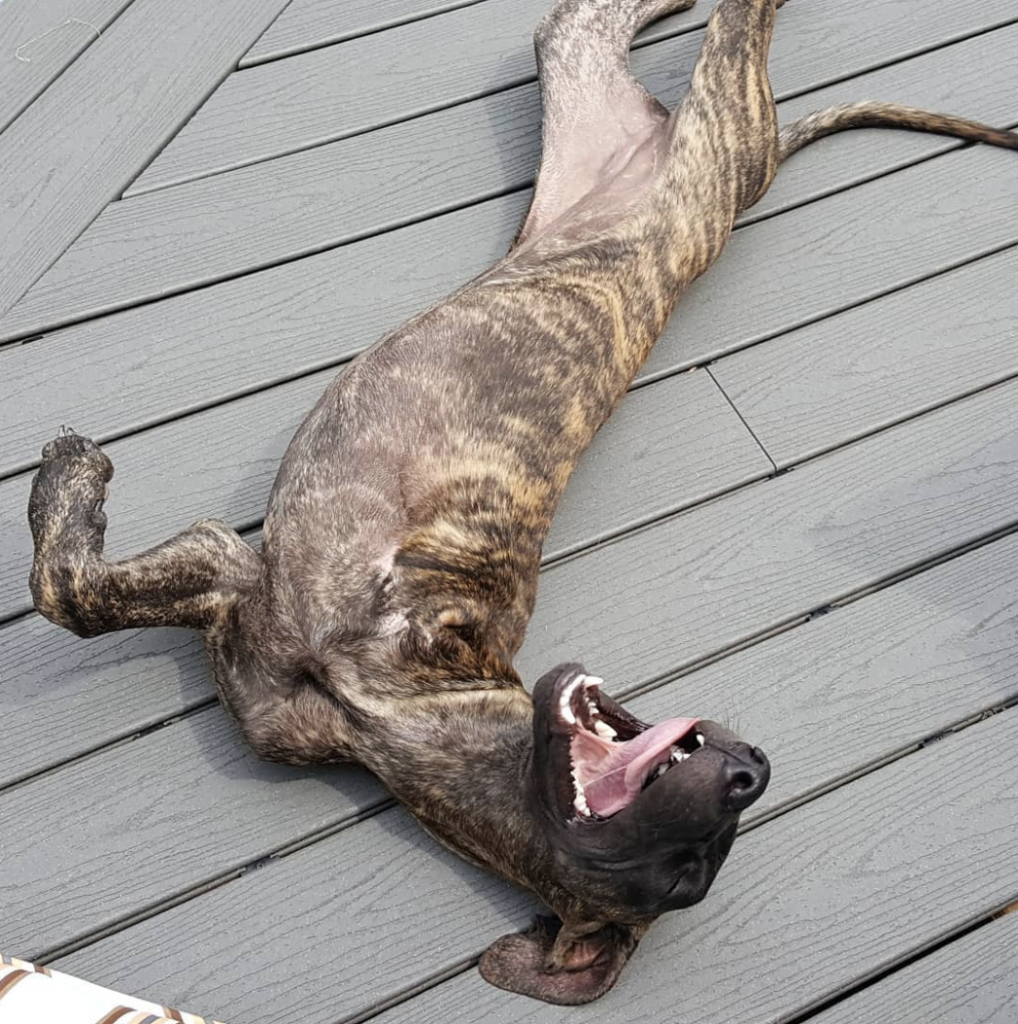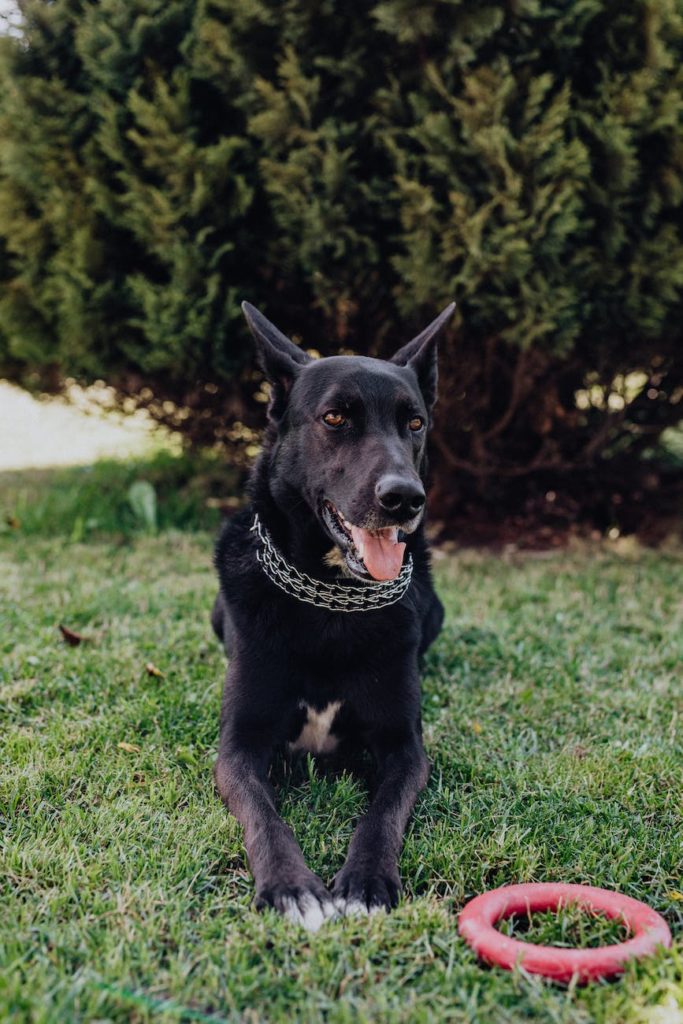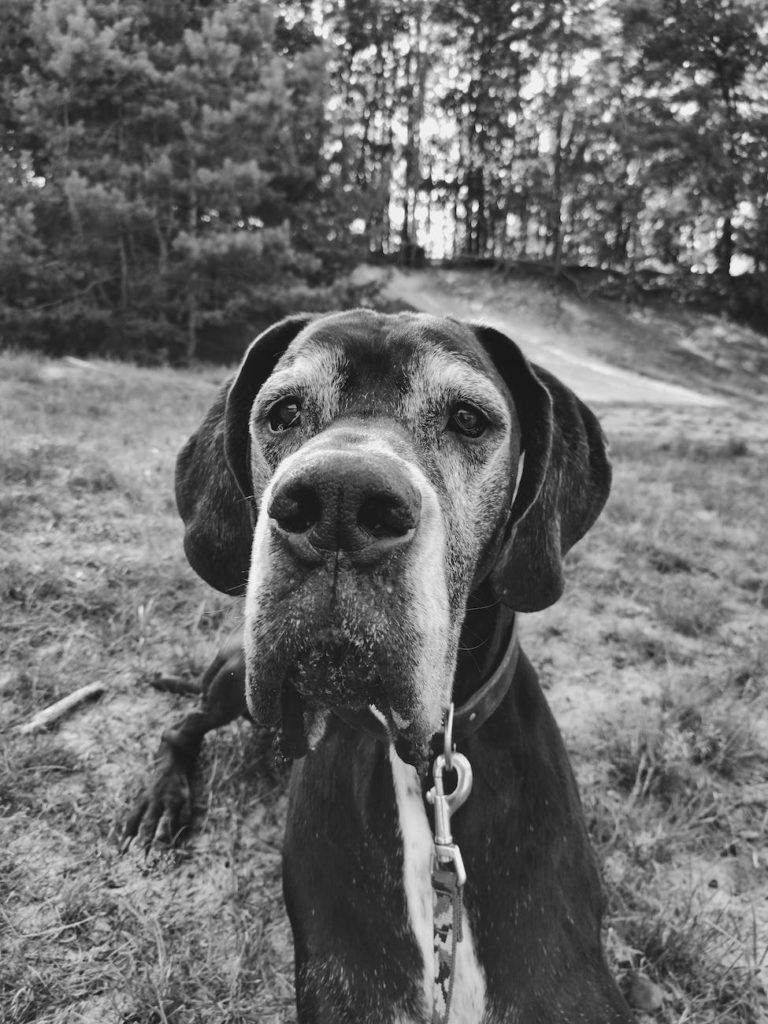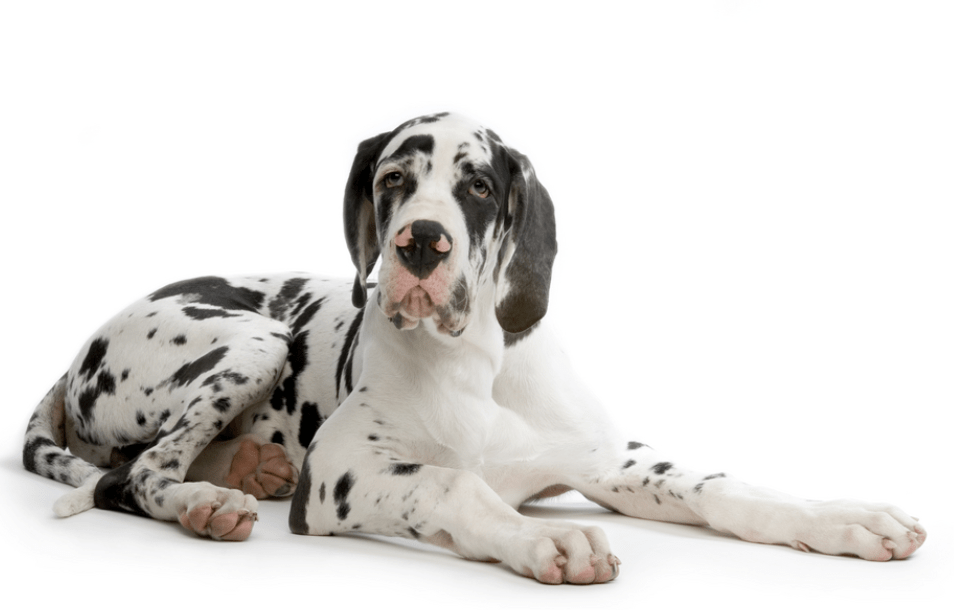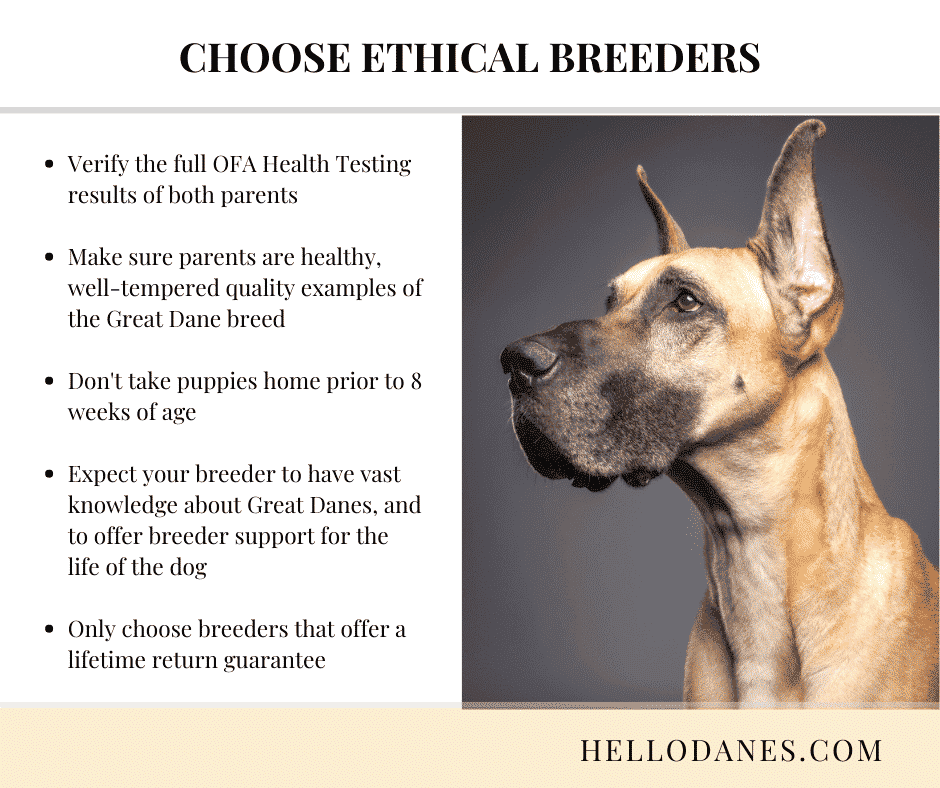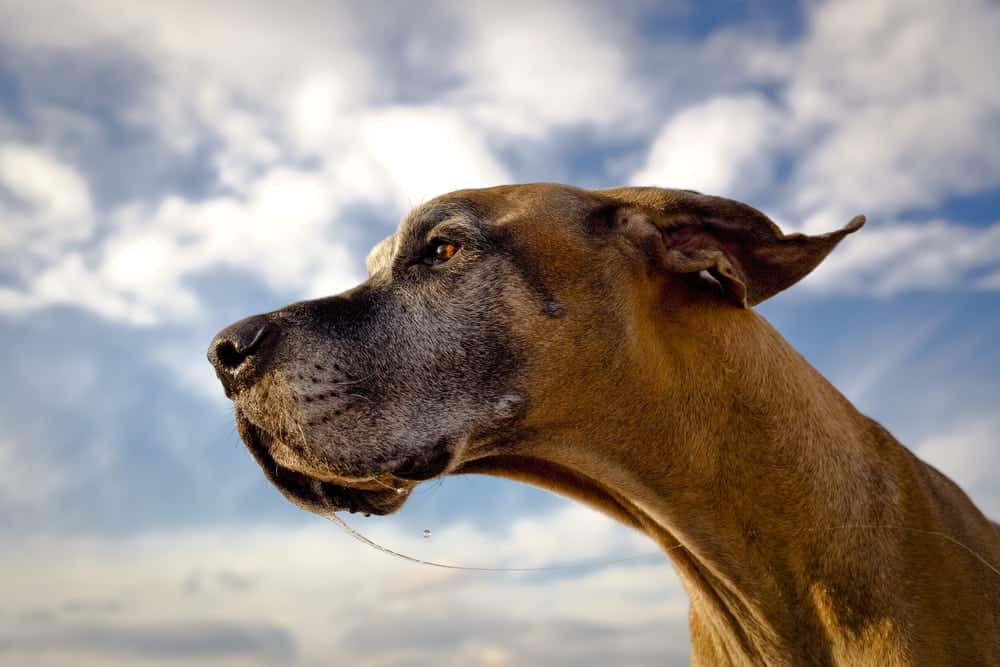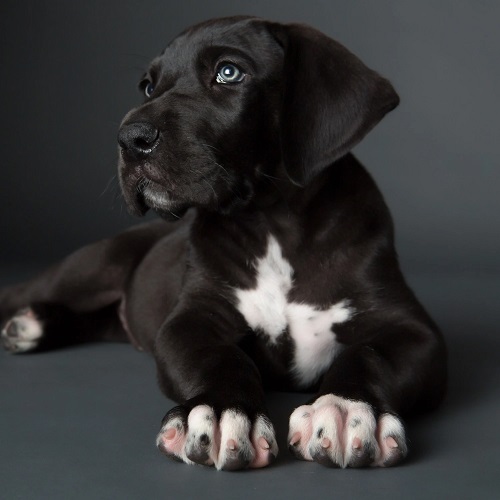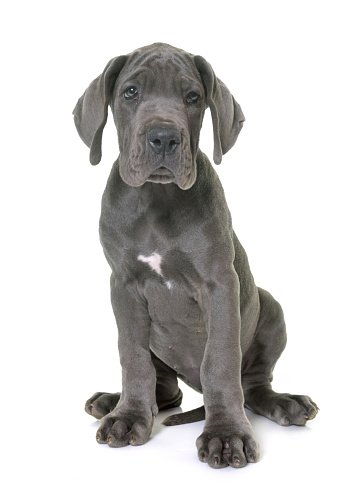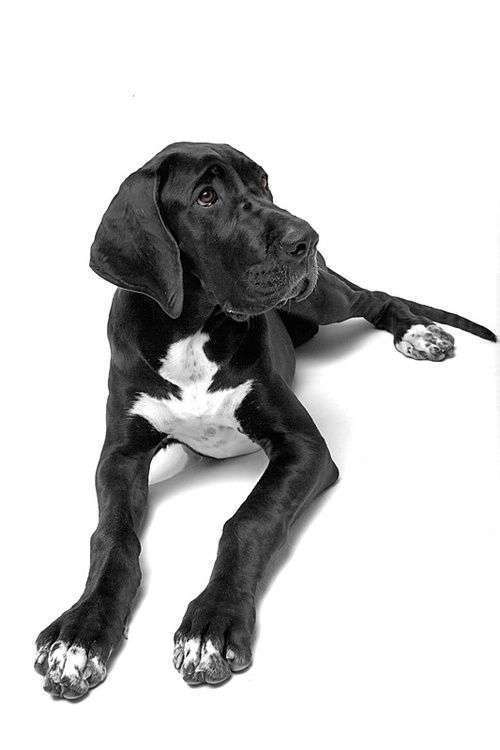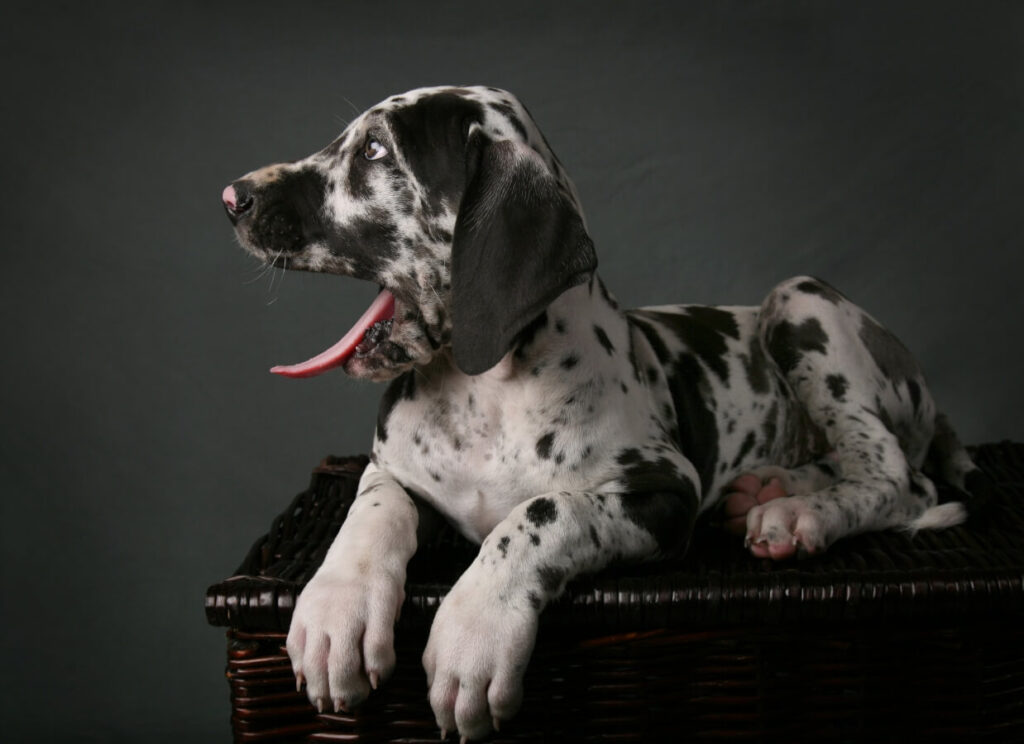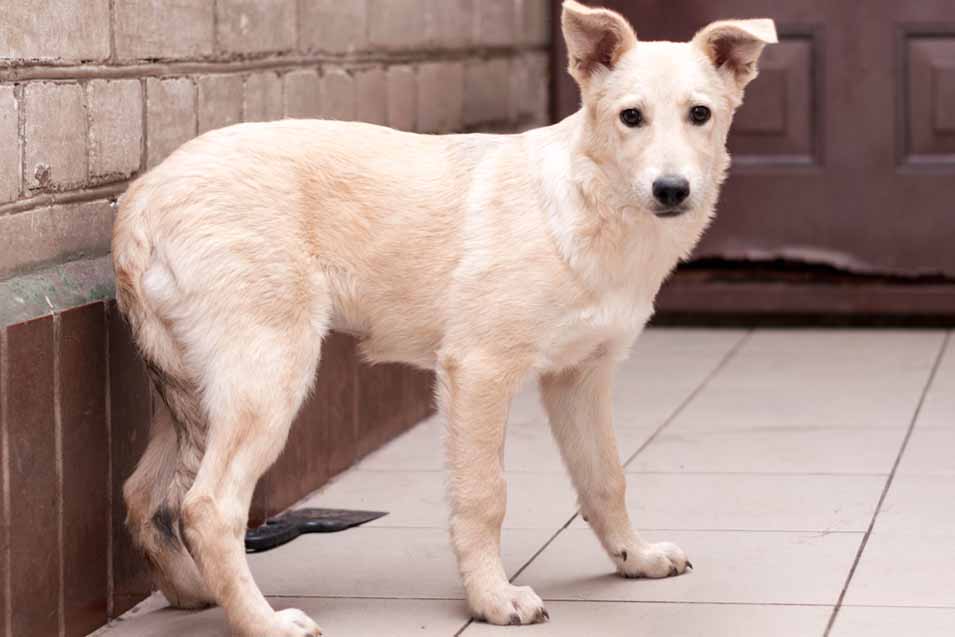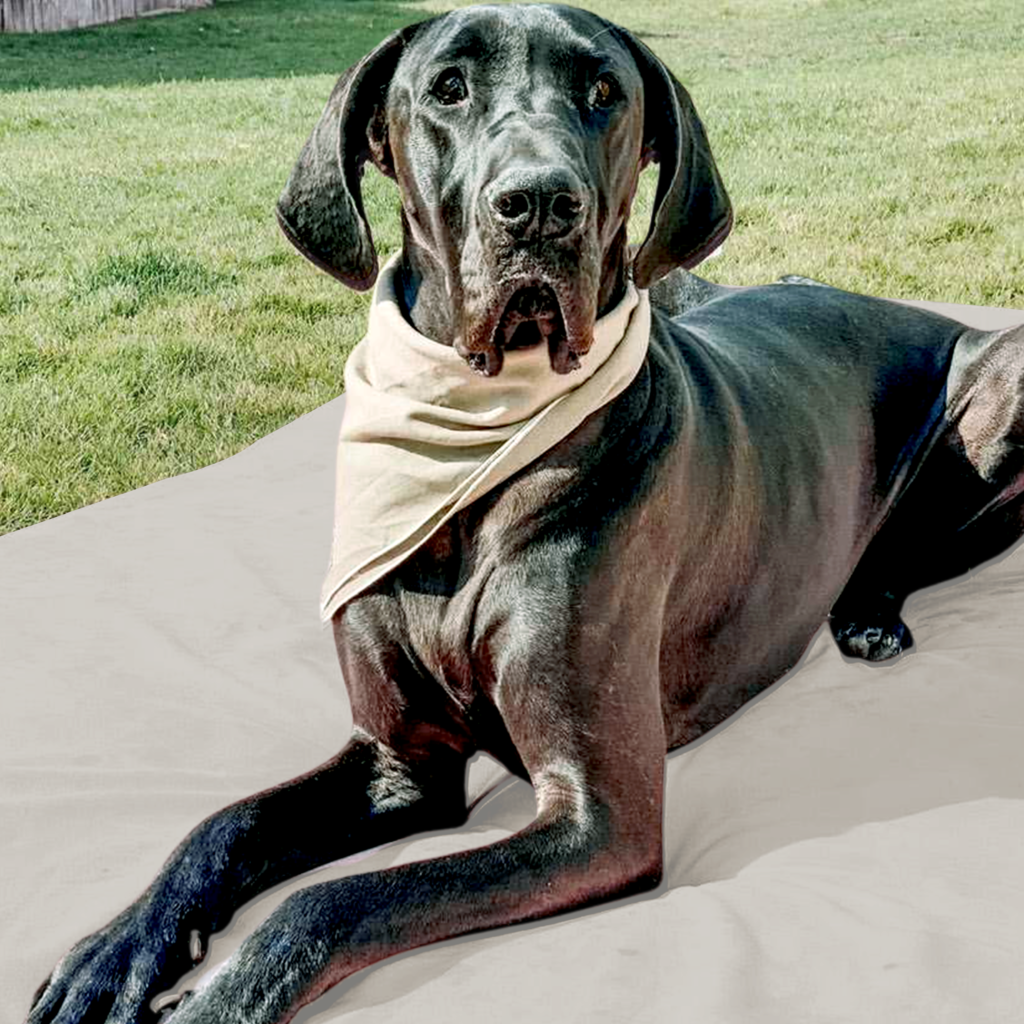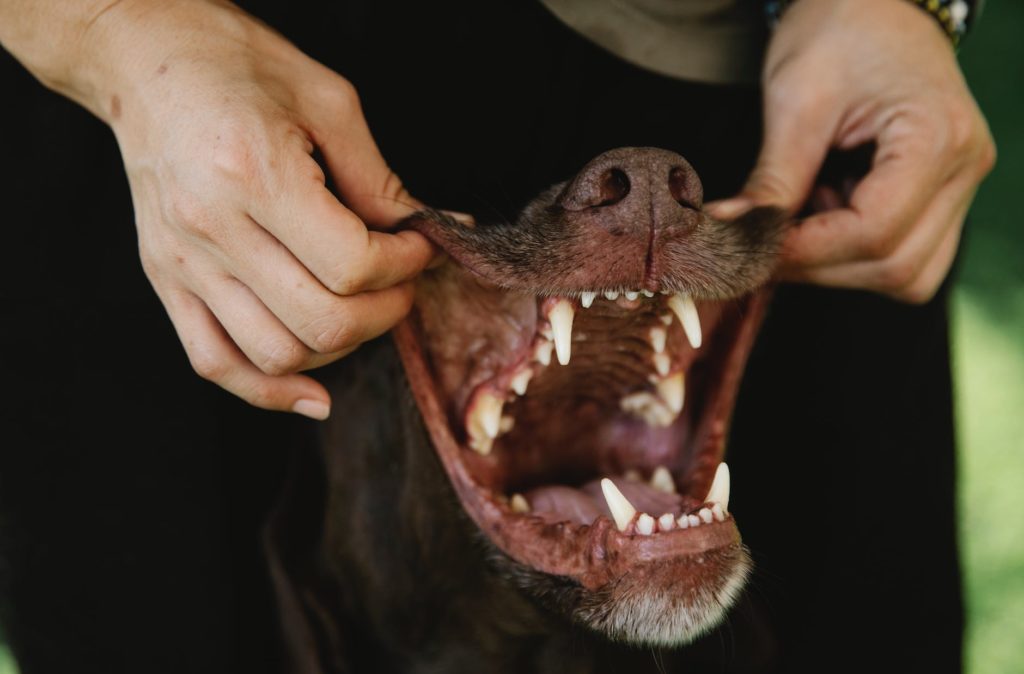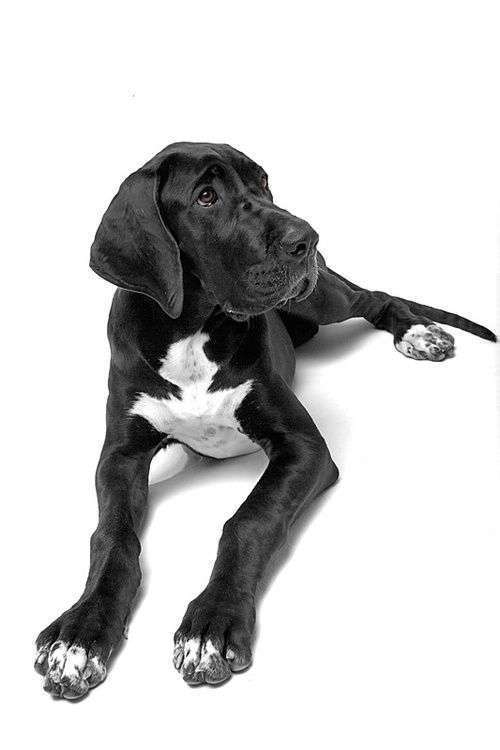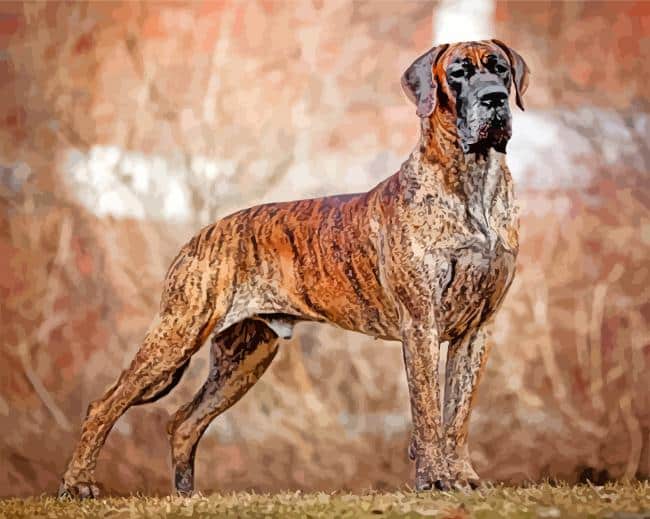When considering anesthesia for your pet, it is important to weigh the risks and benefits. Anesthesia does have some risks associated with it that must be considered before making a decision.
Much like humans, our canine companions sometimes require medical procedures that necessitate the use of anesthesia. While the thought of our furry friends under sedation can be a source of anxiety, modern veterinary practices and advancements in anesthesia protocols have significantly enhanced the safety of these procedures.
Key points in this article:
- Veterinary anesthesia does have its risks but has higher risks for dogs of certain ages, certain breeds, and dogs with a specific medical history
- Knowing your pet’s medical history and doing a thorough exam before anesthetic drugs can reduce the risk of anesthesia
- General anesthesia is a necessary part of most dogs (if not all) dogs lives and despite anesthetic risk, general anesthesia can be done in a safe and managed way
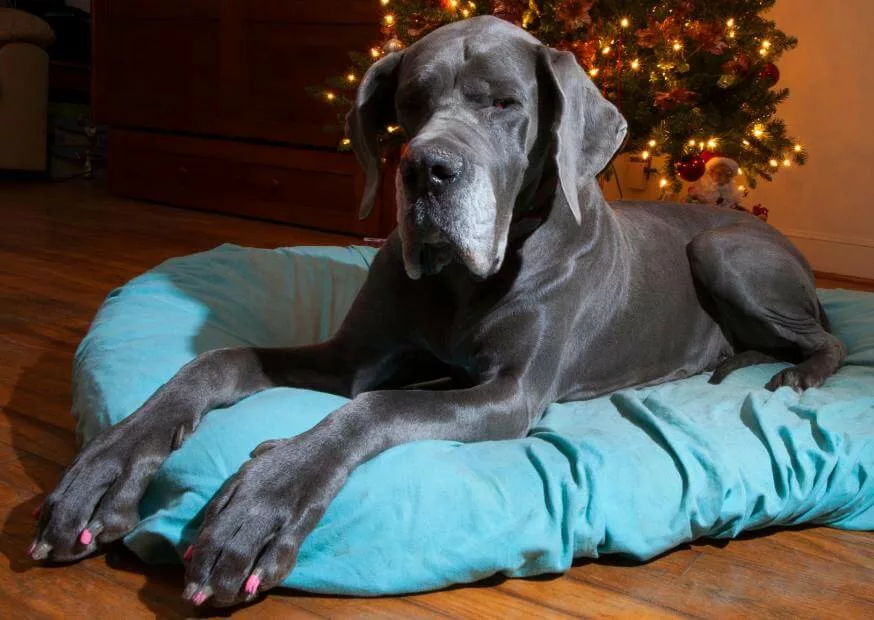
Is Anesthesia in Dogs Safe?
Your pet’s safety is your number one concern when you hear that they are going to be needing any medical procedure, especially one that might require dog anesthesia.
The Highest Standards of Clinical Practice of Veterinary Anesthesia and Analgesia are “experts at assessment and mitigation of anesthetic risks, delivery of anesthetic and analgesic drugs, maintaining and monitoring physiologic well-being of the anesthetized patient, and providing the highest levels of perioperative patient care including pain management.” -College of Veterinary Anesthesia.
Anesthesia can come with certain risks depending on your dog’s age, breed, and your pet’s health. However, the risks of anesthesia can be mitigated with processes that can be done to avoid complications.
Ten Considerations to Think About When Your Dog Might Require Anesthesia
Any dog owner who wants to keep their pet healthy should learn about the risks of anesthesia as well as the benefits that the surgical procedures that are required by their veterinarian’s instructions.
Going into general anesthesia for your dog uninformed is never a good idea, but there are some considerations that you should think about before the procedure. Being informed will give you peace of mind before the surgery.
One: Your Dog’s Age
Age: Older dogs are generally more at risk of complications related to anesthesia due to their weaker bodies and less tolerance for drugs.
However, a common ‘myth’ or ‘fear-inducing’ statement is that senior dogs are unable to handle anesthesia as they are ‘too high risk’.
Being a senior dog is not a disease, and anesthetic gas is not a death sentence just because of your dog’s age. With proper monitoring and a well-thought-out anesthetic plan, almost all elderly dogs can safely receive anesthesia.
The anesthetic risk for a senior typically outweighs the benefit of the procedure that they require, despite age.
Two: What Breed is Your Dog?
Breed: Certain breeds can have higher risks than others due to genetic predispositions towards respiratory issues like brachycephalic breeds (think: pugs and Bulldogs).
It is important to inform your vet of your dog’s breed before any procedure involving anesthesia so that they can account for this risk and ensure a safe anesthetic experience.
If you have a breed of dog that is possibly at a higher risk of dog anesthesia causing complications, it is very important to find a veterinarian anesthesiologist who is experienced in dealing with that specific breed.
Three: Understand Your Dog’s Health History
Health History: A thorough physical exam and health history should be taken before any anesthetic procedure is performed on your dog. This could be the most important part of avoiding anesthesia complications.
Any medical issues that your dog has had in the past should be discussed before undergoing anesthesia.
This includes previous surgeries, allergies, any kind of chronic illness or recent trauma, as well as any medications that your pet is taking. All of this information will help the veterinarian to determine many of the procedures that they will or will not do for your dog during their procedure.
Blood Tests
Taking a sample of your pet’s blood should be a non-negotiable before giving any anesthesia.
Coagulation issues, organ health, and electrolyte issues can be detected ahead of time by a simple blood test.
All too many times a dog presents ‘fine’ under a physical examination, but could show underlying health issues in the blood work that must be addressed before administering anesthetic or sedation.
A simple test of your dog’s blood could save so many anesthesia-related deaths when it is not the anesthesia that is the problem at all.
Four: What Procedure is Your Dog Getting?
Next, it is important to weigh the pros of the surgery required against the cons of the anesthesia.
For example, if your dog is requiring a major procedure then the benefits of anesthesia far outweigh any risks associated with it for quality of life and overall pain relief.
However, if your pet is only having a minor procedure and the risk for complications due to anesthesia is high, then it might be worth considering other options such as local and regional blocks that can help to minimize any risks related to general anesthesia.
Typically, a quality veterinarian who performs ethical veterinary medicine, will not suggest performing general anesthesia for elective procedures that are not required or that will not better the life of your dog/alleviate pain or otherwise improve the quality of their life.

Five: Know What Anesthesia Your Dog Will Be Given
Knowing what anesthesia will be given is essential for knowing what to watch out for in terms of side effects and complications.
Each type of anesthesia agent has its own set of risks and benefits, so it is important to discuss with your veterinarian which agent they feel would be best suited for your dog’s needs.
Additionally, certain breeds of dogs can be very sensitive to certain anesthesia, such as brachycephalic breeds that often have a difficult time with inhalant anesthetics.
Lastly, being aware of the different types and doses of anesthetic agents will help you to know what to watch out for if your dog experiences any unexpected side effects or complications during post-operative pain management and recovery.
Local Anesthesia
Local anesthesia is usually the “safest” option for dogs. It is typically a topical gel or injection that numbs the localized area only, and it can be used to surgically remove tumors, sutures, cysts, and other small procedures.
The anesthetic agent used in local anesthesia will differ depending on the size of the procedure and the type of surgical site.
The advantage of using a mild sedative like this is that it minimizes any risks associated with general anesthesia, especially in those dogs who may be at a higher risk for complications due to anesthetic agents.
However, there are still risks associated with local anesthesia, such as potential nerve damage or serious allergic reactions.
Inhalant Anesthesia
Inhalant anesthesia is the most common form of anesthesia used in dogs and cats.
It is administered through a mask or tube, which delivers a controlled dose of anesthetic gas to your pet. (Otherwise known as a breathing tube).
The advantage of this form of anesthesia is that it can be quickly reversed and adjusted depending on how your pet reacts during the procedure.
The downside of inhalant anesthesia is that the anesthetic agents used can be quite potent and can cause side effects such as muscle tremors, slowed heart rate, or breathing difficulties in some cases.
Induction Anesthesia
Induction anesthesia is a type of general anesthesia used in dogs.
Typically, it is administered intravenously to achieve unconsciousness quickly, and then supplemented with inhalant anesthesia or other anesthetic agents until surgery is complete.
The advantage of induction anesthesia is that it can be quickly reversed if necessary, and the veterinarian can easily adjust levels of the anesthetic agent during the procedure if needed.
Pre Anesthetic Sedative
Usually, a pre-anesthetic sedative is administered before general anesthesia.
This helps your dog relax before the procedure and may help with pain relief or reduce anxiety once the anesthesia has been administered.
The dose of pre-anesthetic sedative will vary according to the size and breed of your dog, as well as their individual medical history.
Six: Have a Plan in Place Ahead of Time
After your dog has any type of anesthesia from a veterinary anesthesiologist, you will want to have a plan to manage pain and help them recover from their surgery.
Remember, your dog will not be able to feel pain during the actual veterinary anesthesia and analgesia, but you will want to have a plan for when it begins to wear off.
Pain Medication
Depending on the type of procedure, your veterinarian may choose to give your dog a combination of pain medications to help reduce the amount of post-operative pain and discomfort.
Long Acting Analgesics can be used for longer procedures that require more than one dose, or if your pet is at risk for developing chronic pain.
Monitoring
You will also want to monitor your pet closely after they return home from the vet’s office. As some anesthetics can cause delayed reactions or side effects, it is important to watch for any signs of distress such as vomiting, diarrhea, increased breathing rate or changes in behavior.
If you notice anything out of the ordinary, contact your veterinarian as they will be able to discuss with you to prevent prolonged recoveries.
Follow your veterinarian’s instructions closely and do not give your dog any over-the-counter products that you don’t pass by your vet first as it could have interactions with the gas anesthesia that was given.
Seven: The Quality of the Facility
Making sure that you choose a facility that is certified and equipped with sufficient anesthesiology equipment is another important factor to consider when selecting anesthesia for your pet.
Ask your veterinarian what type of monitoring they use during the procedure, as well as any other safety protocols they have in place to ensure that your pet remains safe while under anesthesia.
It is also helpful to ask them about the type of procedures they have to keep your dog safe and healthy before, during, and after their procedure.
Warming Blankets
Dogs who undergo anesthesia can quickly become cold and may require warming blankets or other heating devices to help keep their body temperature regulated. Your pet’s circulation is of utmost importance during the times in which they are being put under, while they are under, and while they are waking up.
Your veterinarian should be able to provide these for your pet during their procedure as well as when they are recovering from the effects of anesthesia.
With low body temperature, there can be health risks associated with anesthesia which may lead to slower recovery times or bigger complications.
Blood Pressure Monitoring
Blood pressure monitoring should be done to prevent hypotension (low blood pressure) and hypertension (high blood pressure).
Monitoring should also be done to check the oxygen saturation of your pet’s blood as well as their heart rate.
This information can help the veterinarian adjust the levels of medication used during anesthesia and make sure that your pet is safe throughout the procedure.
Eight: How Experienced is the Vet Administering the Anesthetic?
Make sure that the clinic in which you are receiving anesthesia for your pet has a certified anesthesiologist.
It is important to ask about the anesthesiologist’s experience to make sure that your pet receives the best possible care and attention during their procedure.
You can also ask about any additional qualifications or certifications the veterinarian may have which will help ensure that you are not putting your dog at high risk by opting to do surgery with a veterinarian who might not be equipped or certified to do so.
Nine: Are All Veterinary Team Members Trained in Perioperative Care?
Inquiring about the team members who will be performing the procedure, as well as their training in perioperative care, is also important.
Perioperative care includes pre-operative preparation and monitoring, intra-operative management, and post-operative recovery and observation.
Make sure that all members of the veterinary team are experienced in caring for patients undergoing anesthesia and have the necessary training to make sure that your pet receives the best possible care.
It is also helpful to ask about the ratio of veterinary staff to patients for you to be assured that there will always be someone available if any complications arise during the procedure or recovery period.
Ten: Know that Sedation and Anesthesia is Required to Keep Your Dog Healthy
Last, even though anesthesia can be scary, it is important to know that dog owners everywhere are relying on their veterinarians to take care of their dogs under anesthesia to live longer and healthier lives.
Without anesthesia, dog owners would not be able to do yearly dental procedures, undergo surgeries for medical issues, or have access to diagnostic imaging.
With proper monitoring of your dog’s vital signs, proper pre-surgery bloodwork, and a great veterinarian team, your dog can undergo anesthesia with little to no risk.
In Conclusion
By taking the time to ask lots of questions you can help make sure that anesthesia for your pet is a safe, comfortable experience.
You will also have peace of mind knowing that your pet is receiving some of the best care possible.
